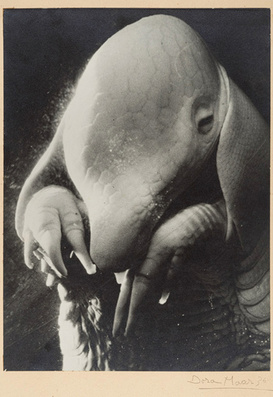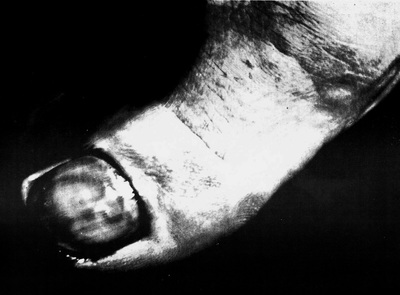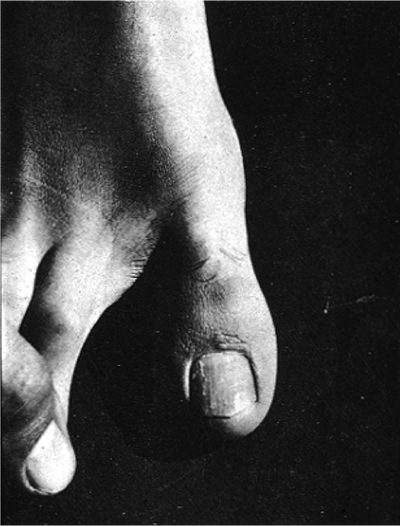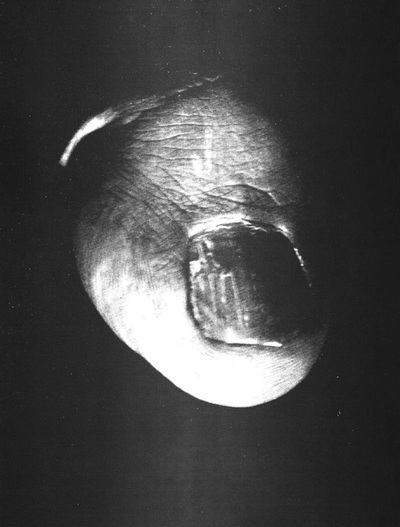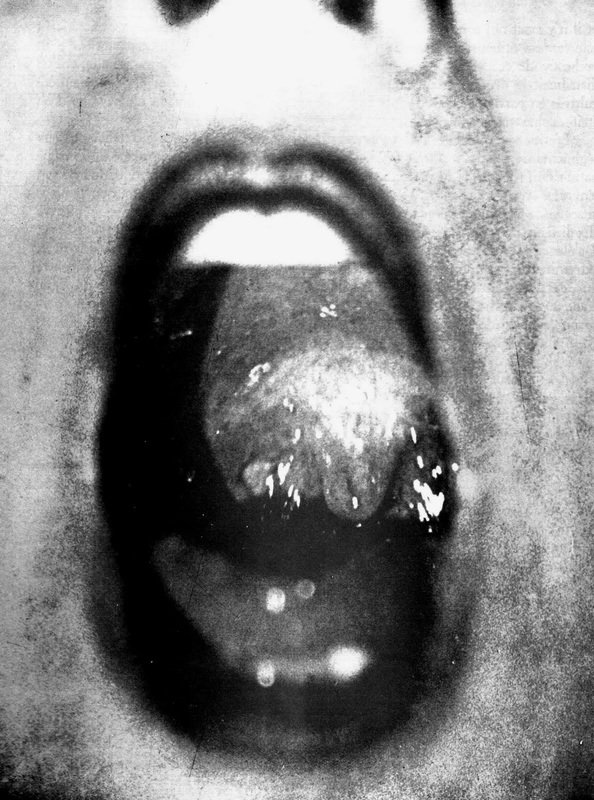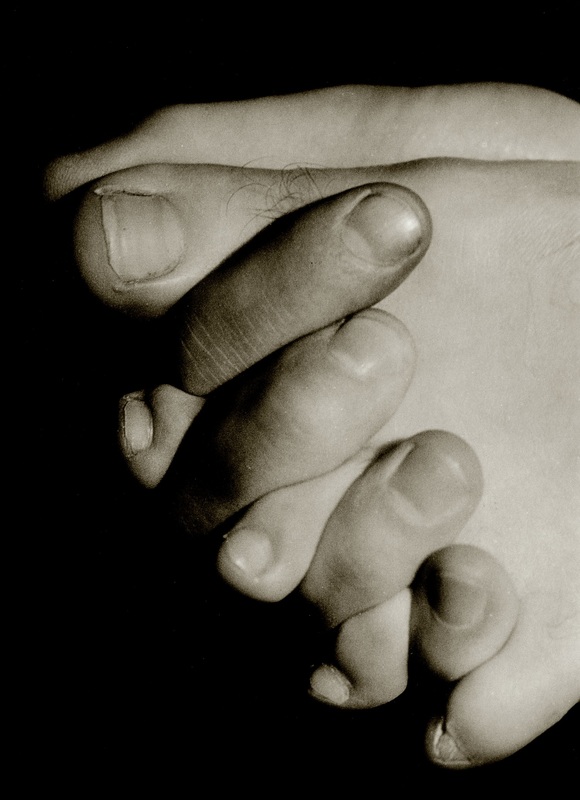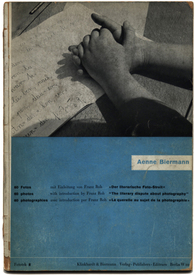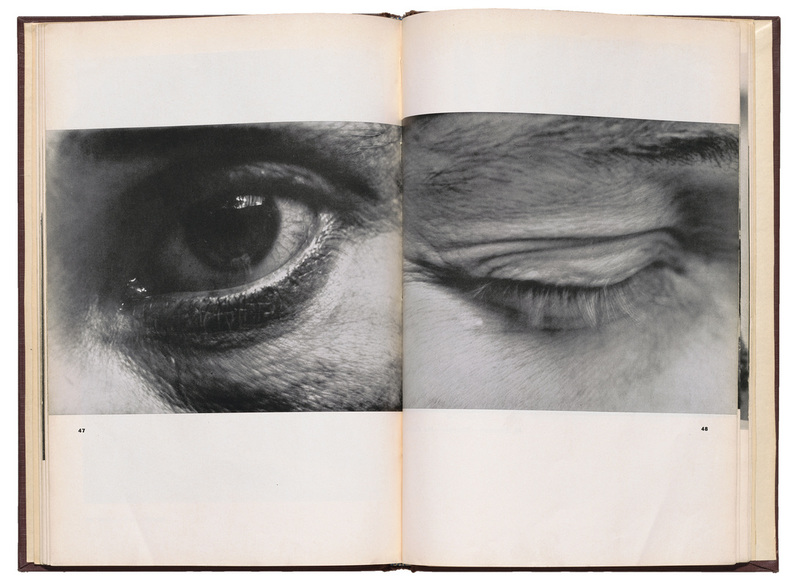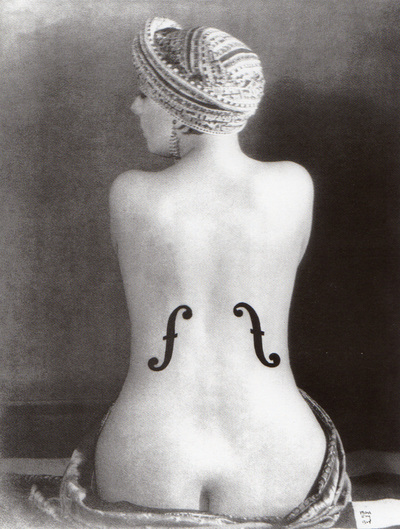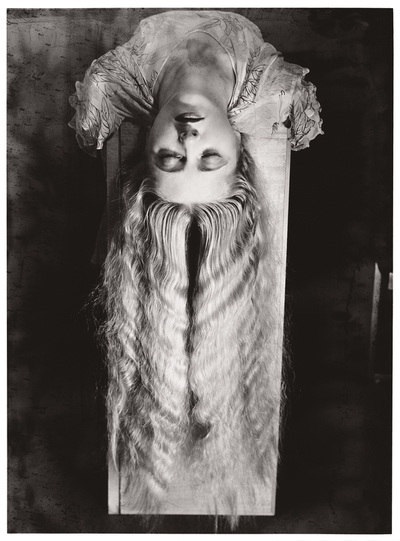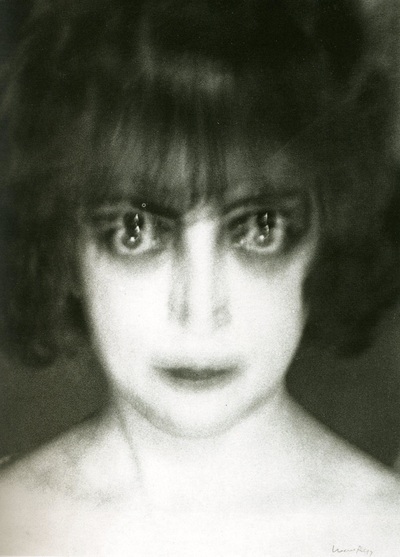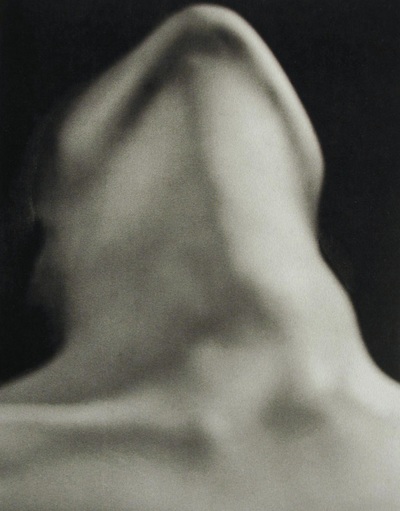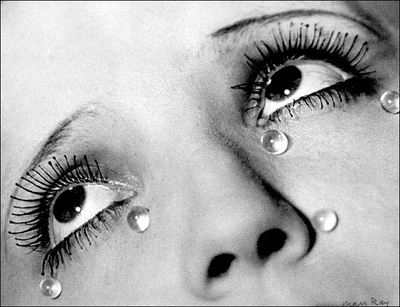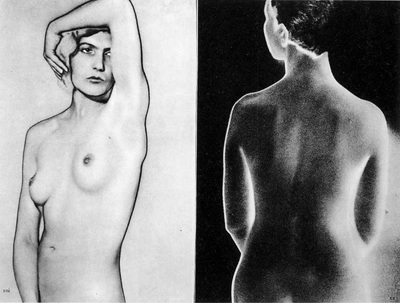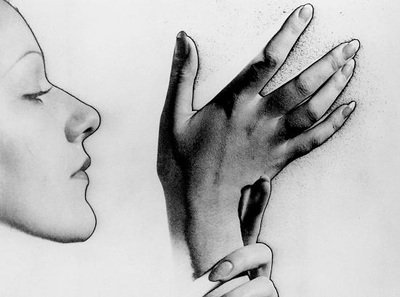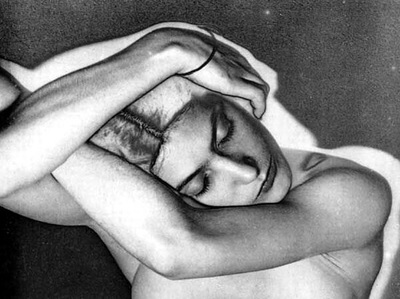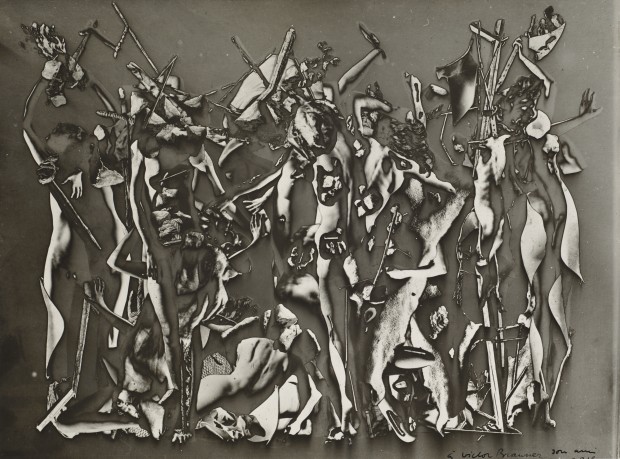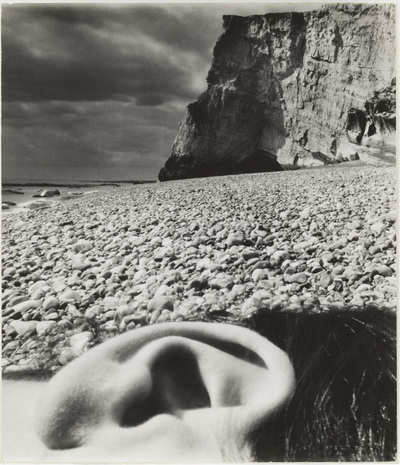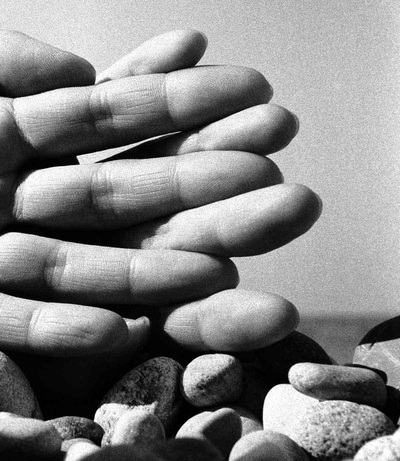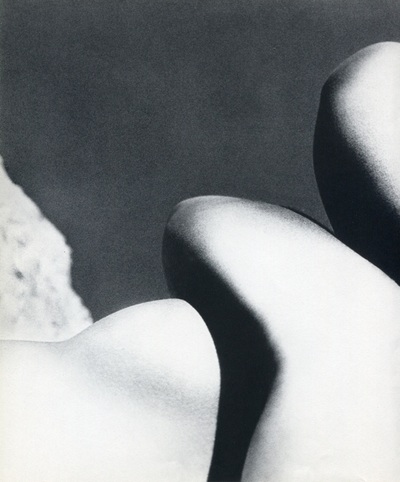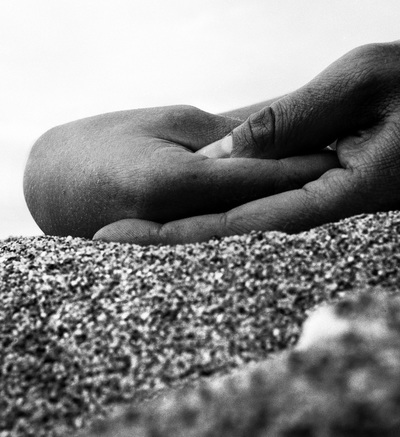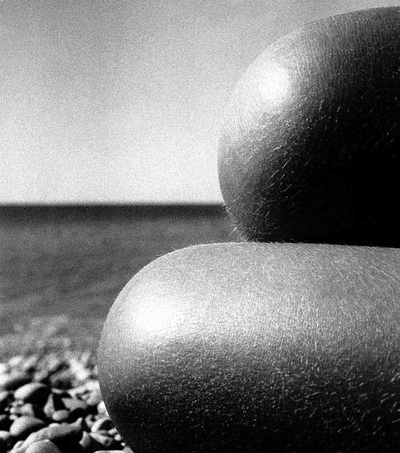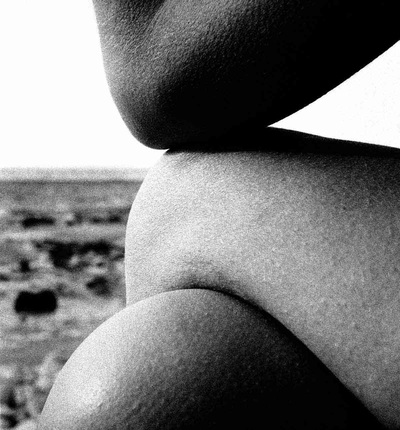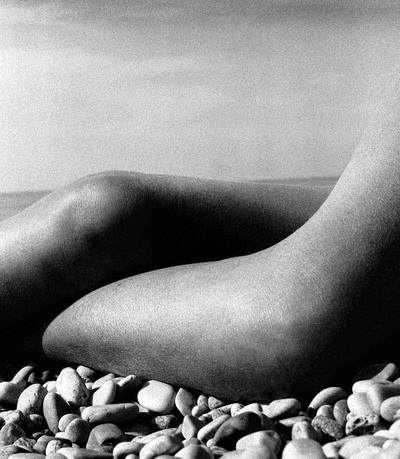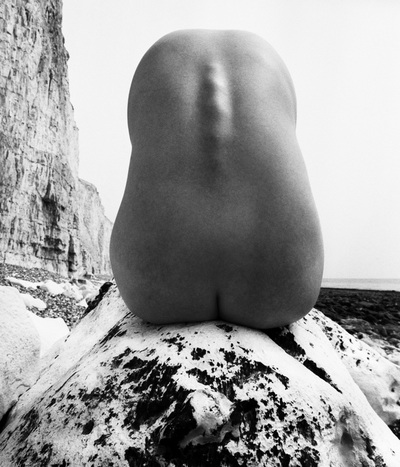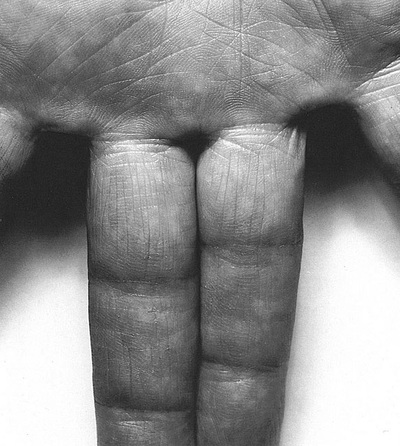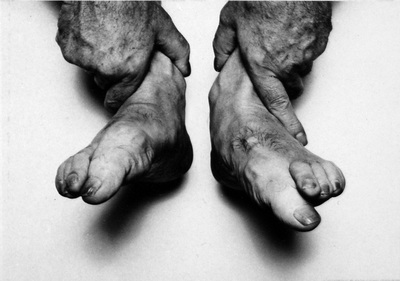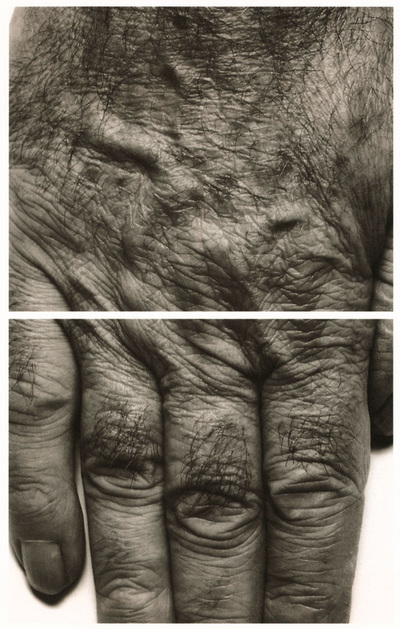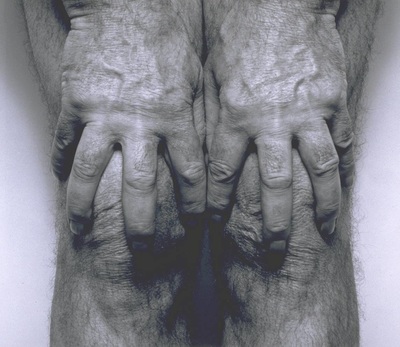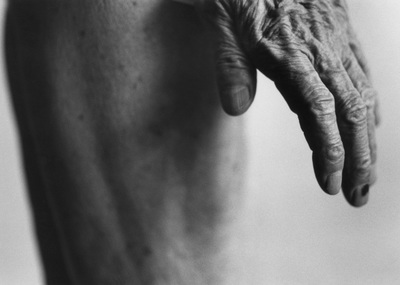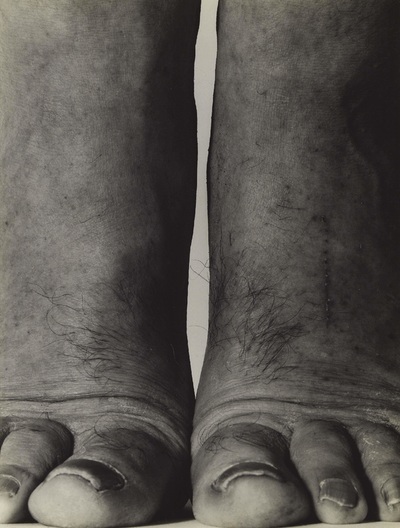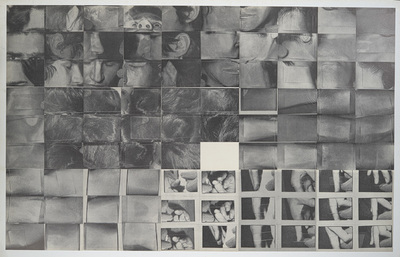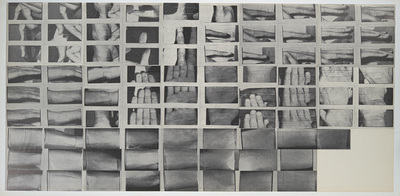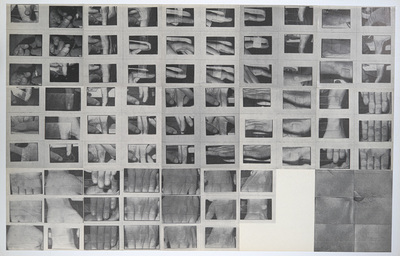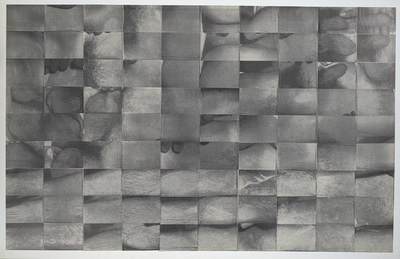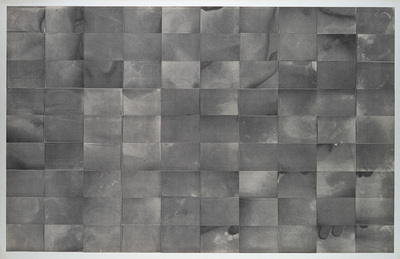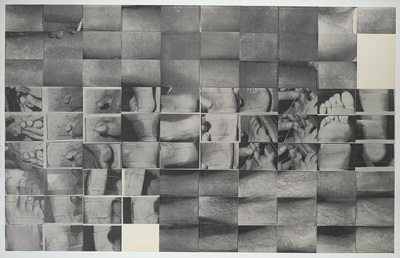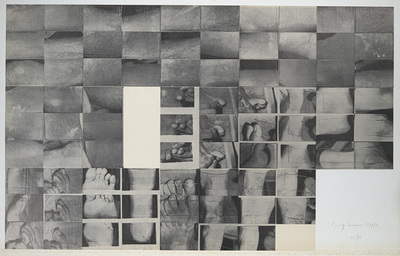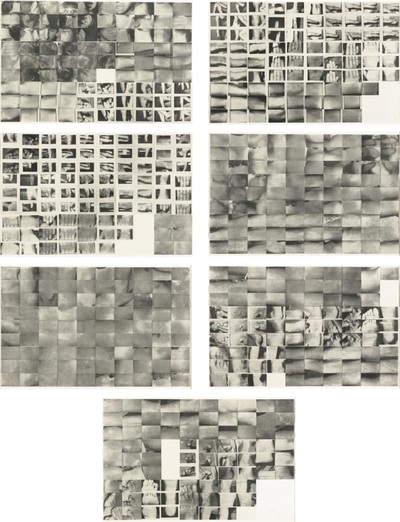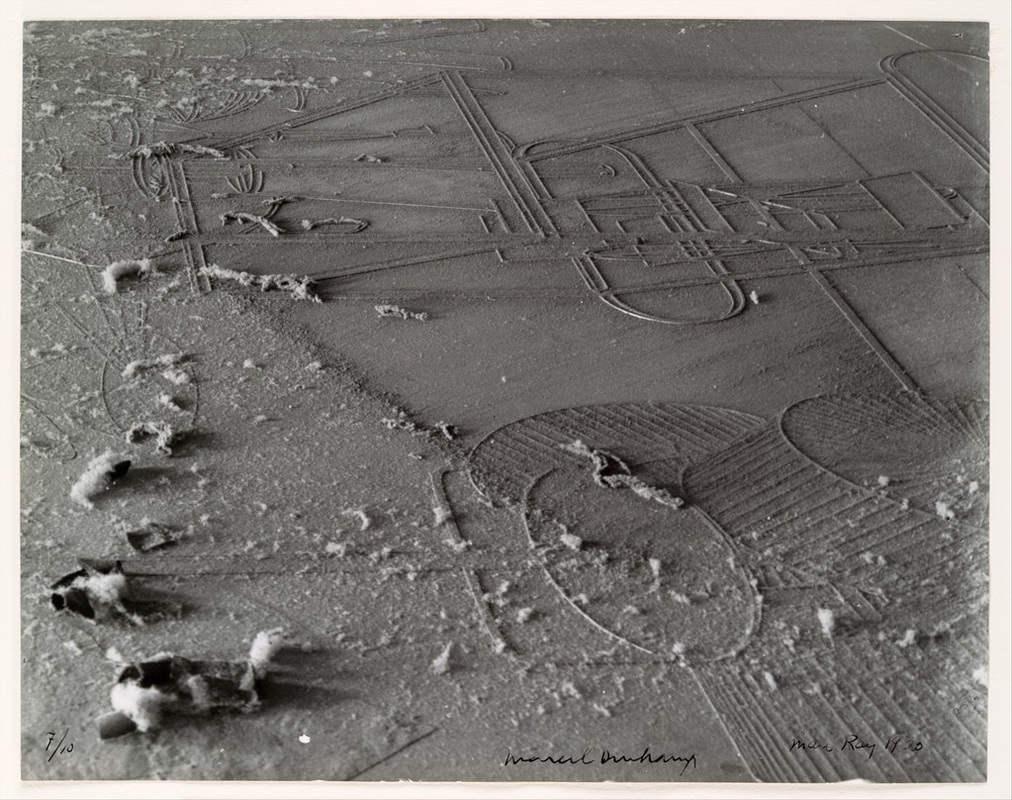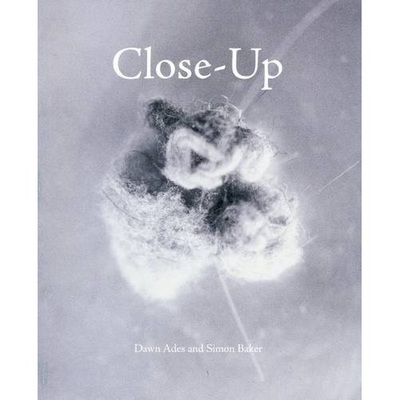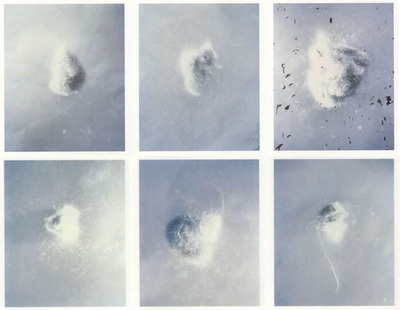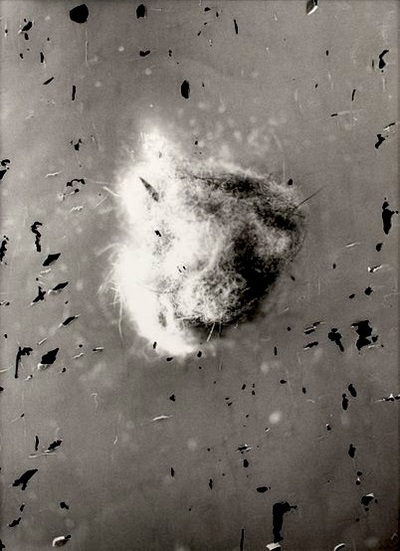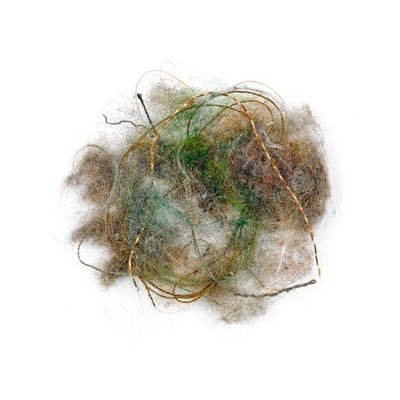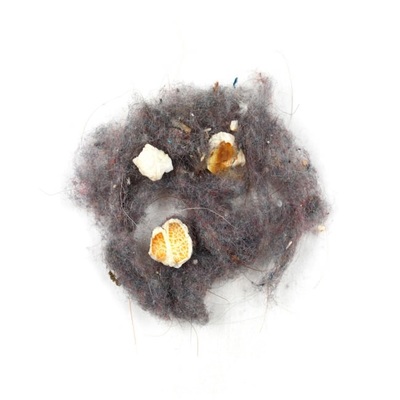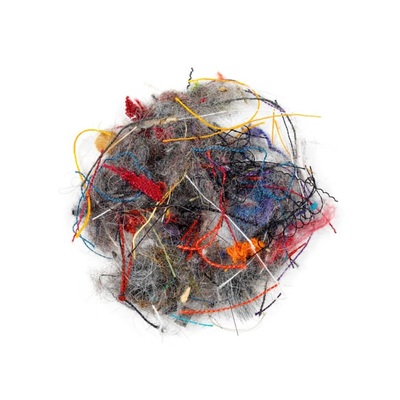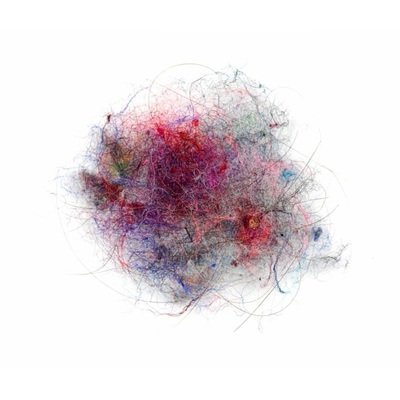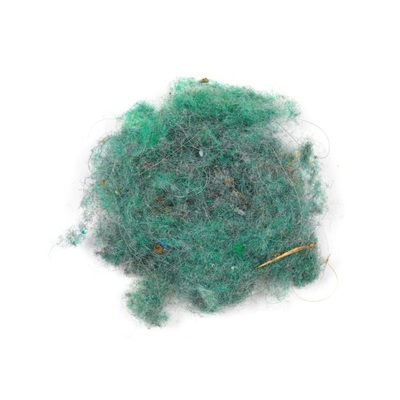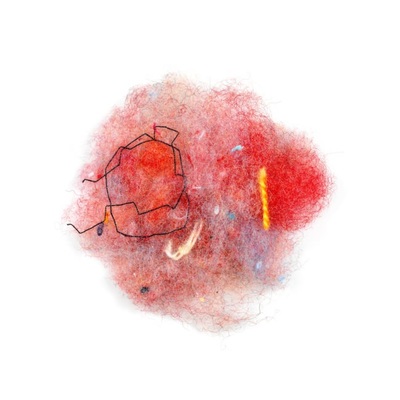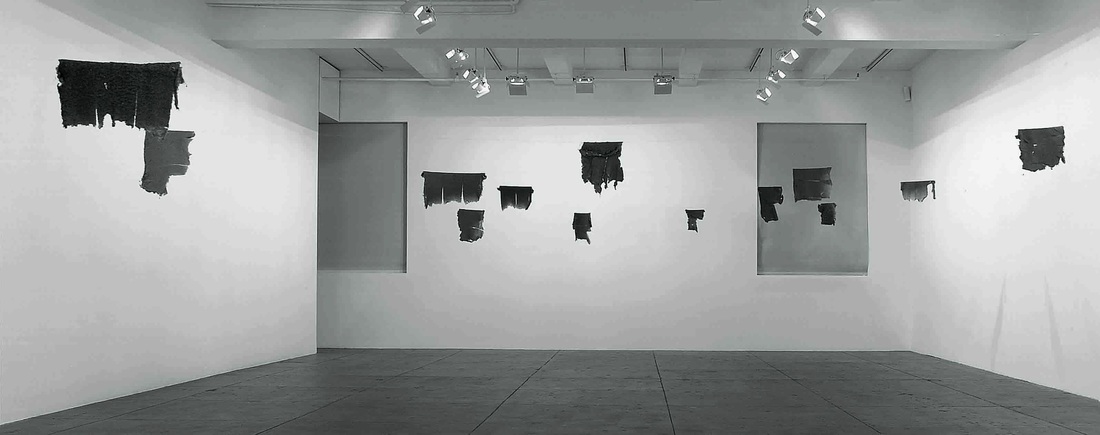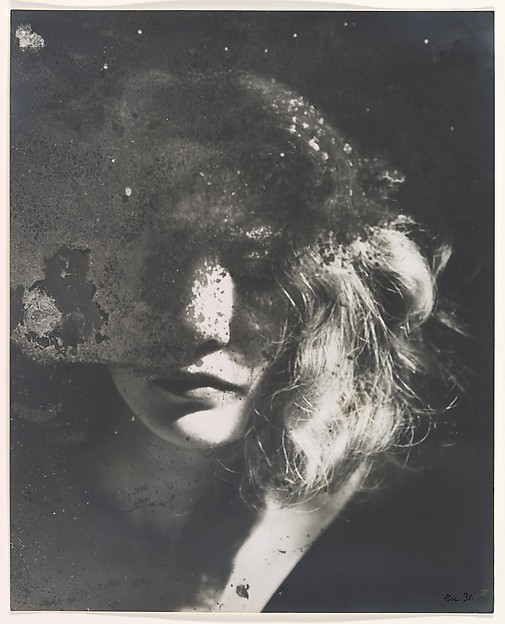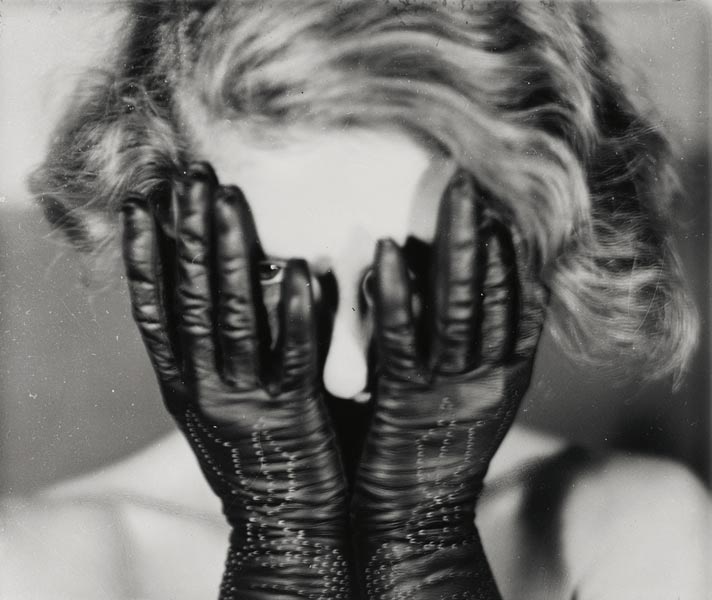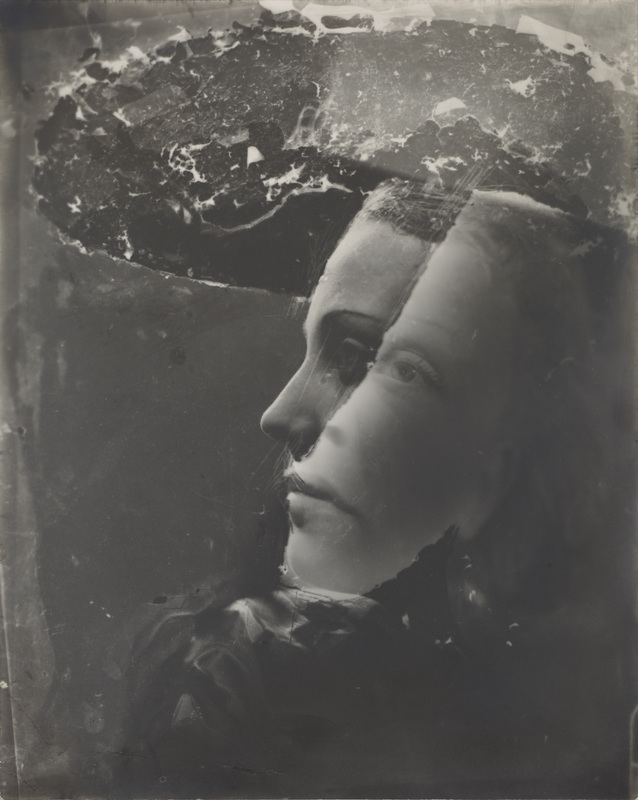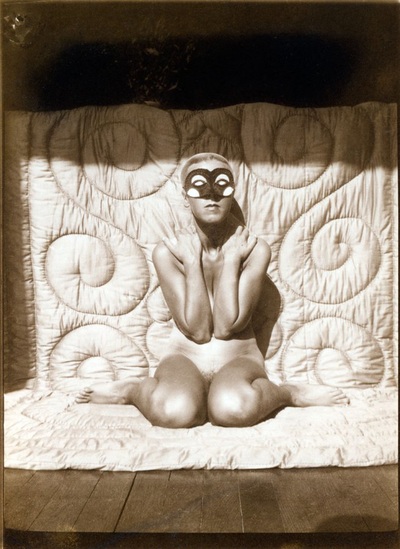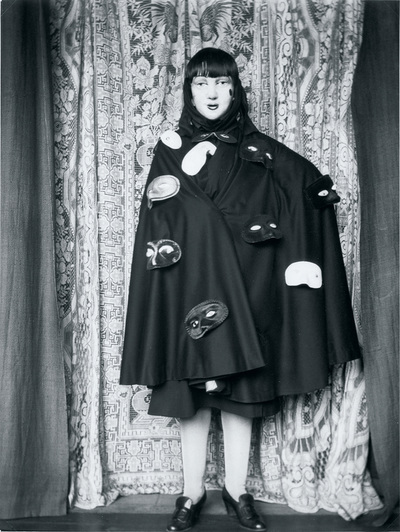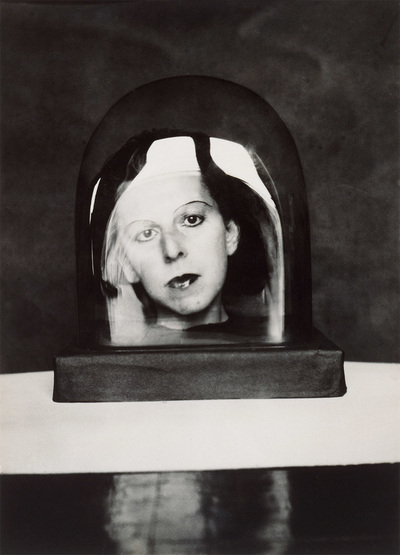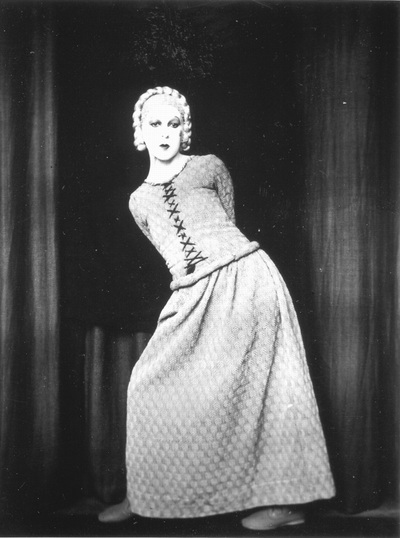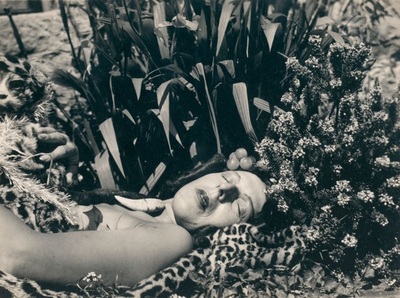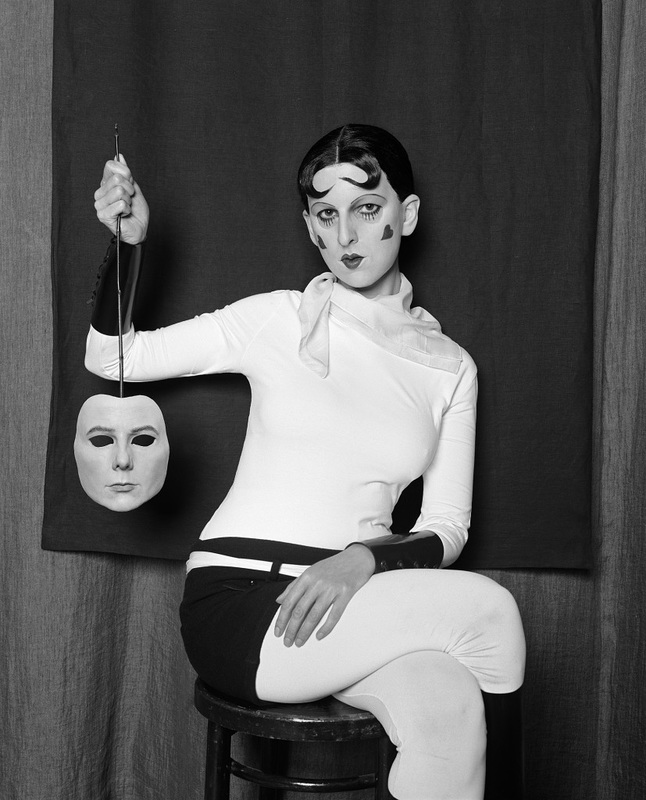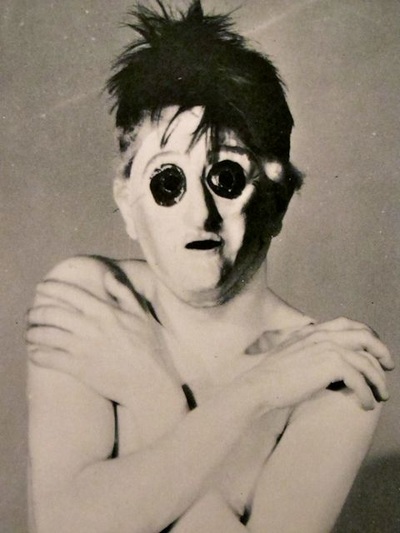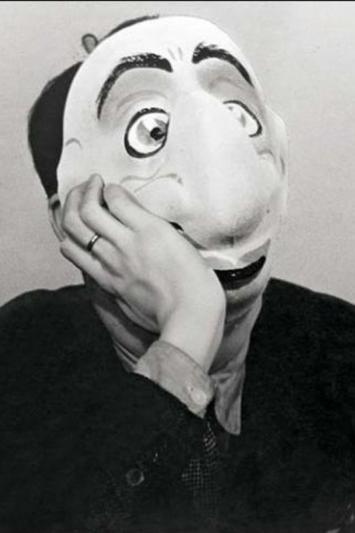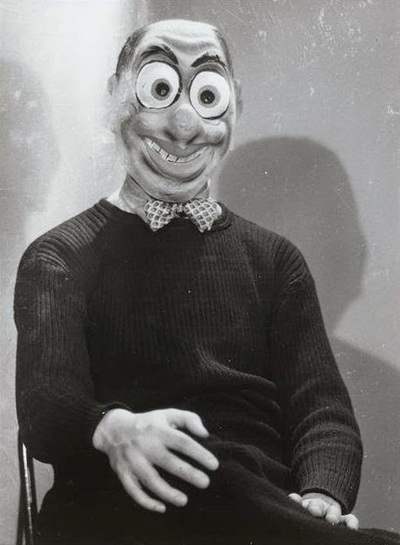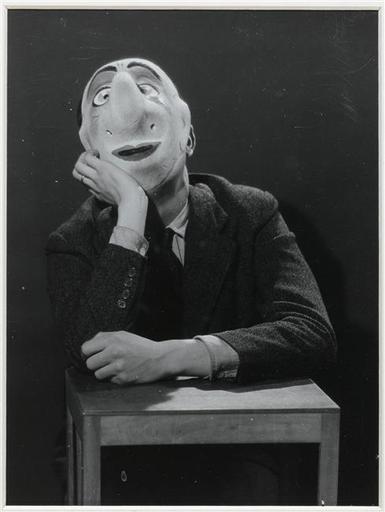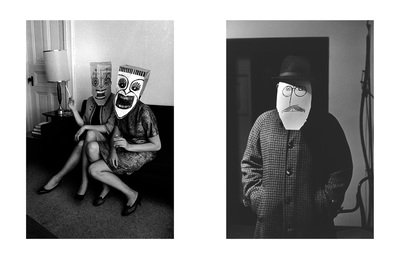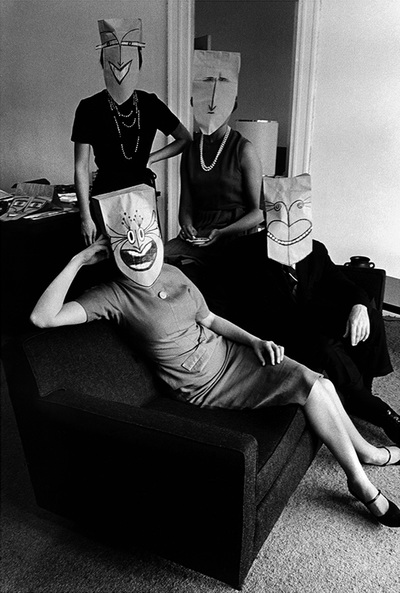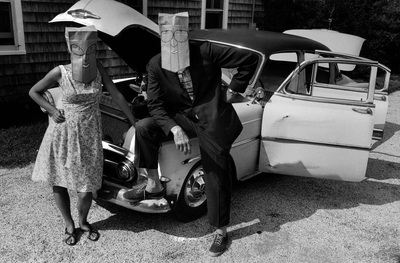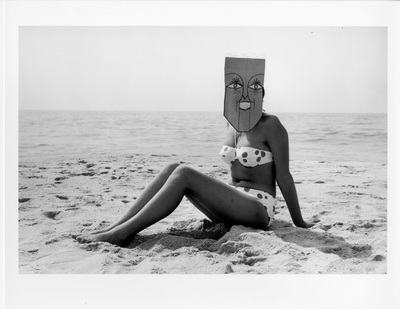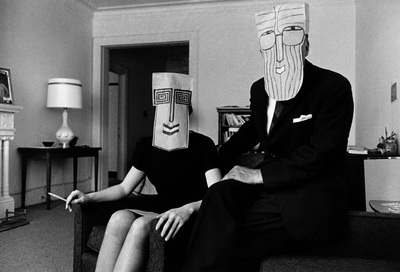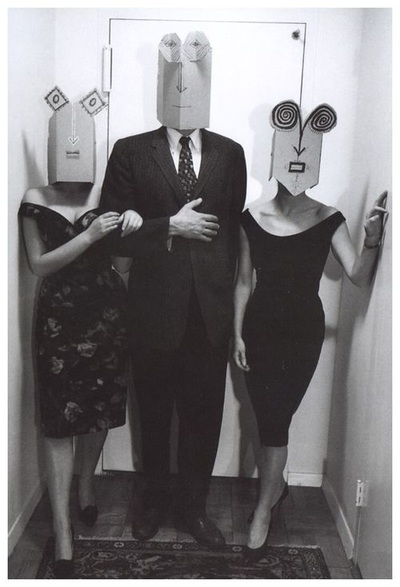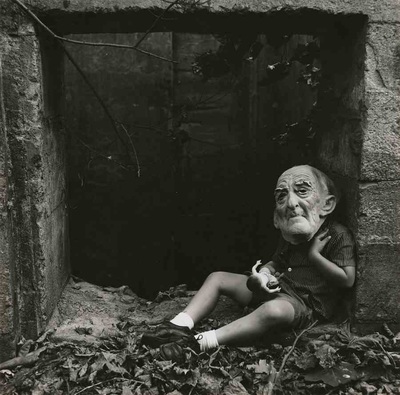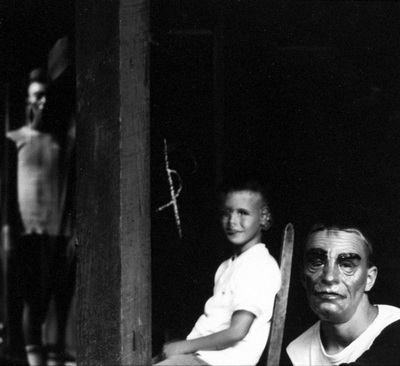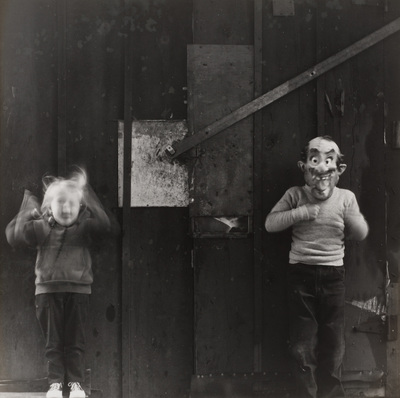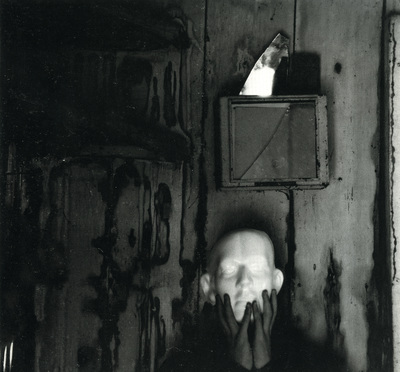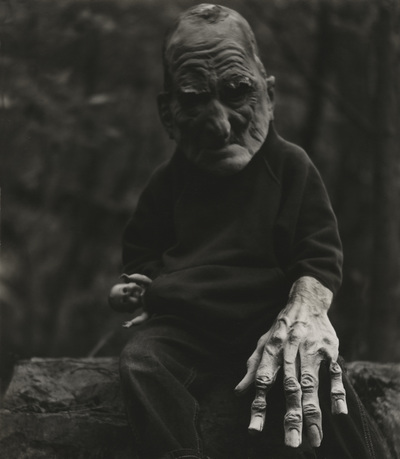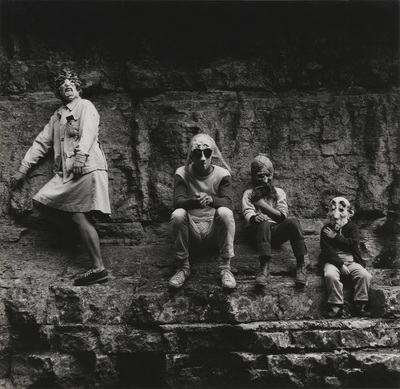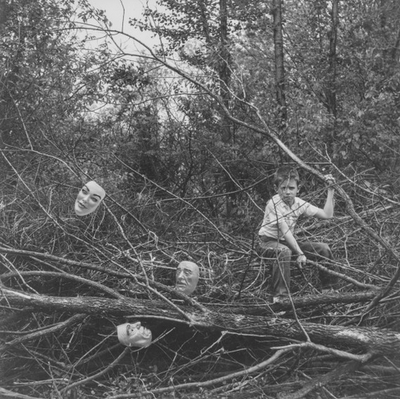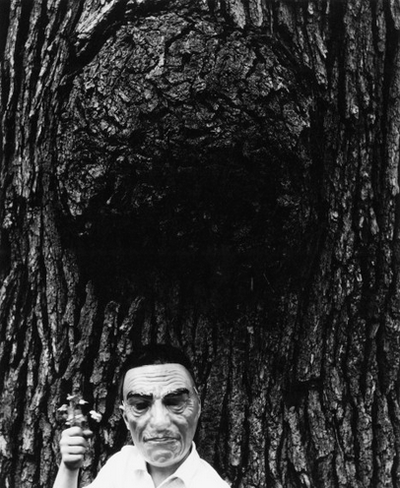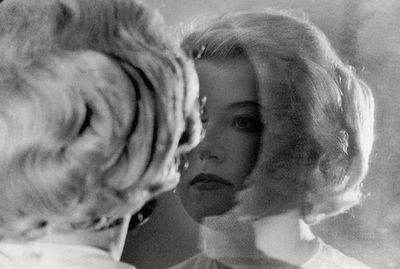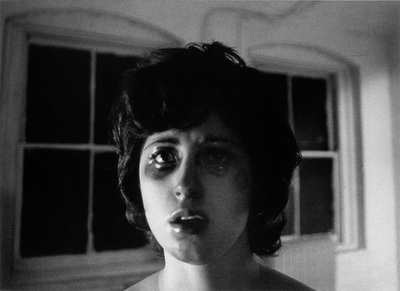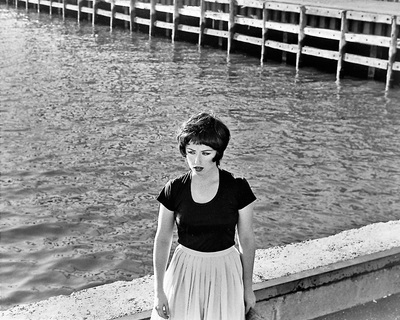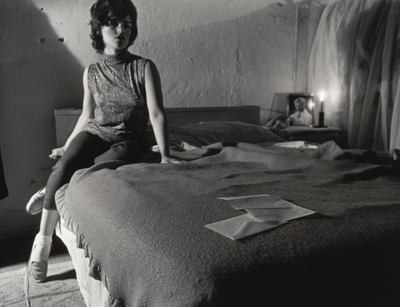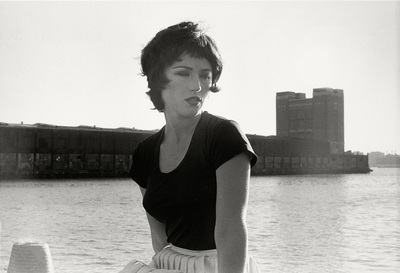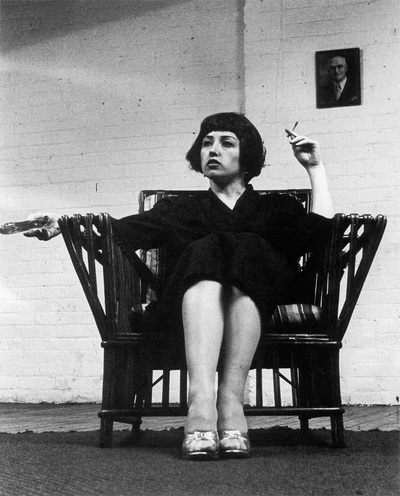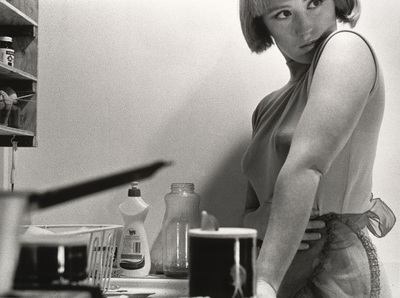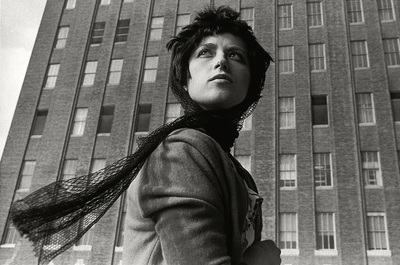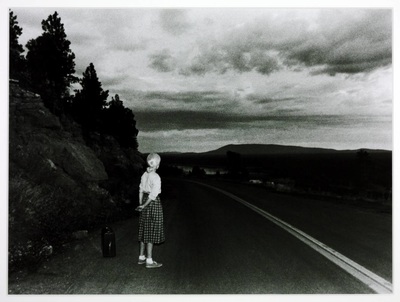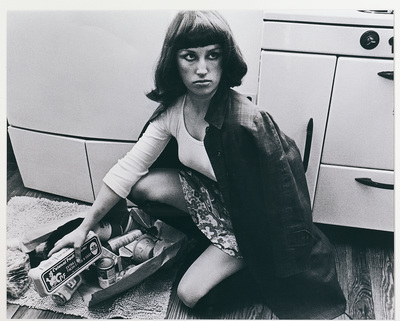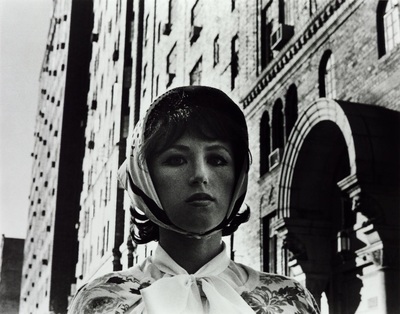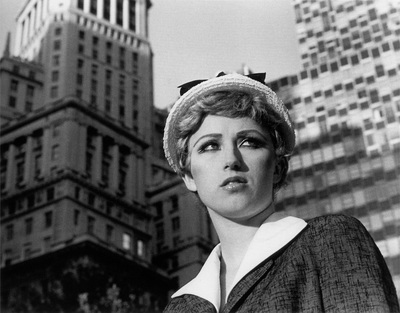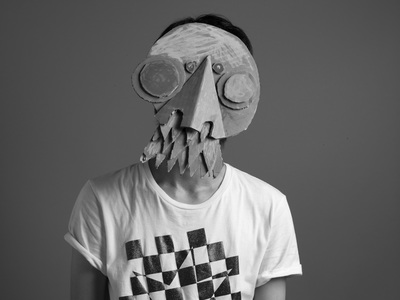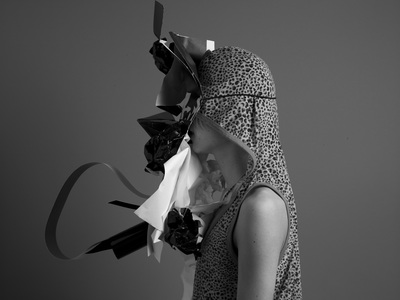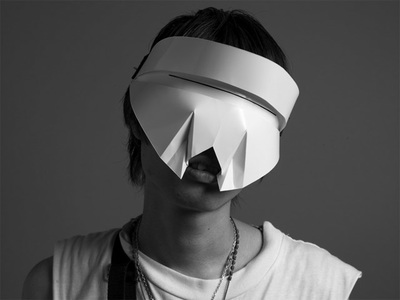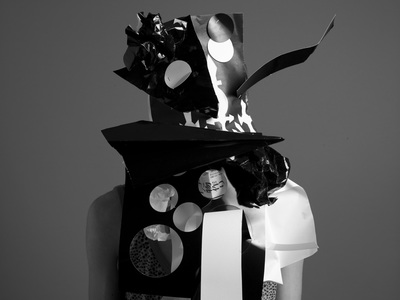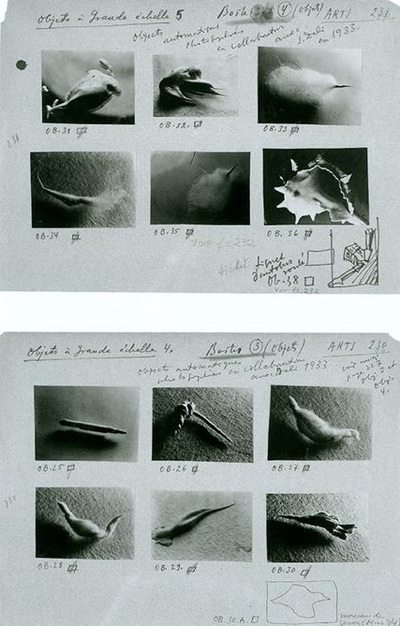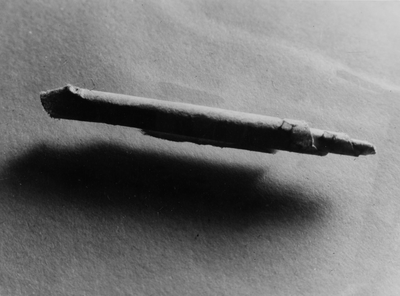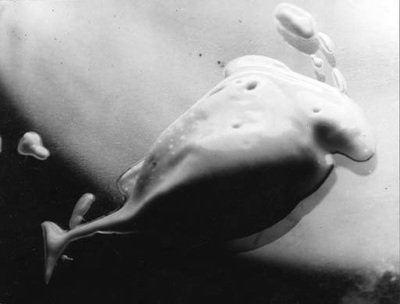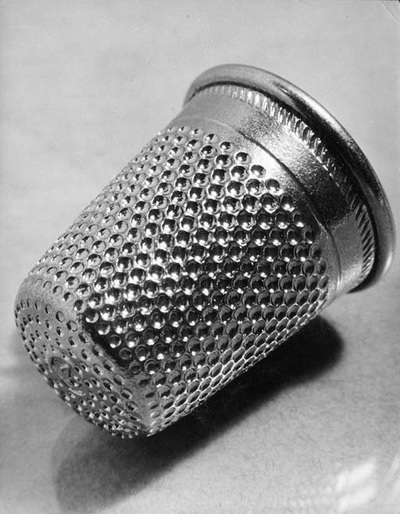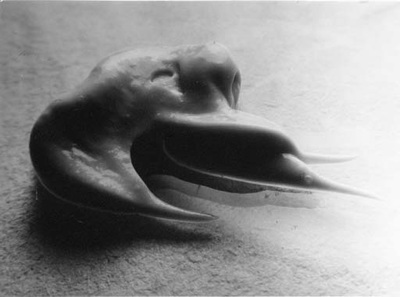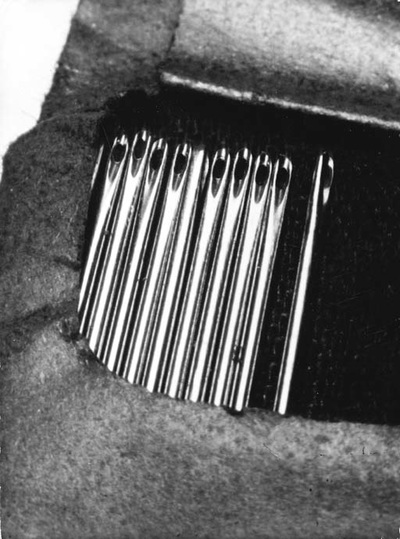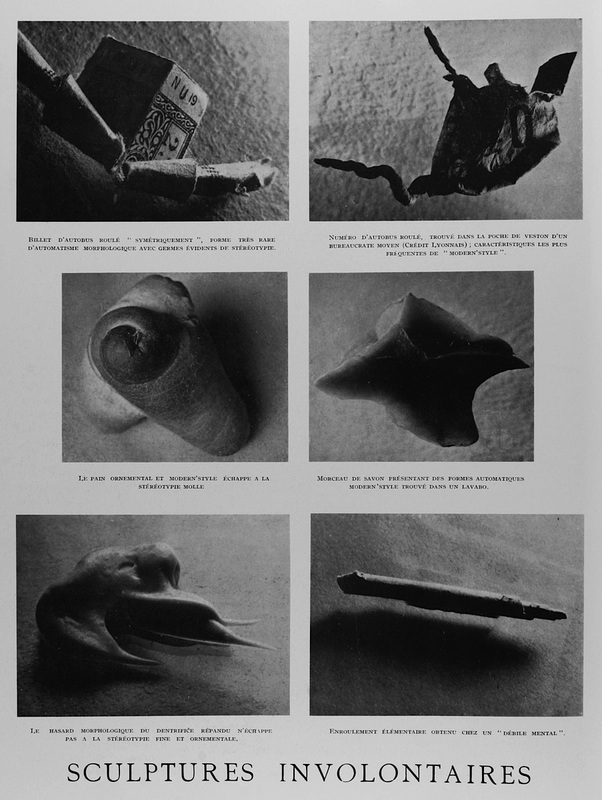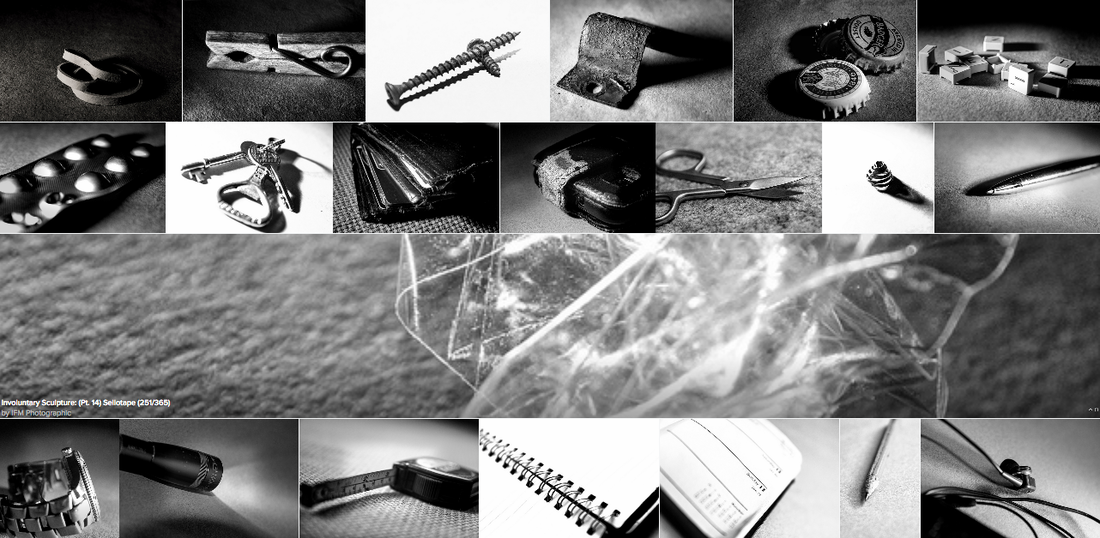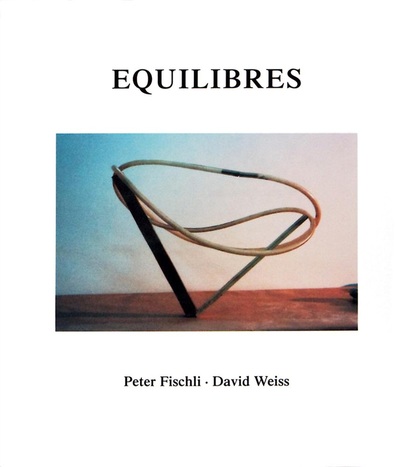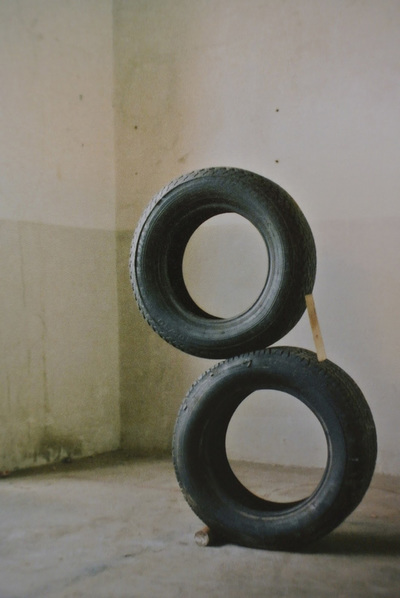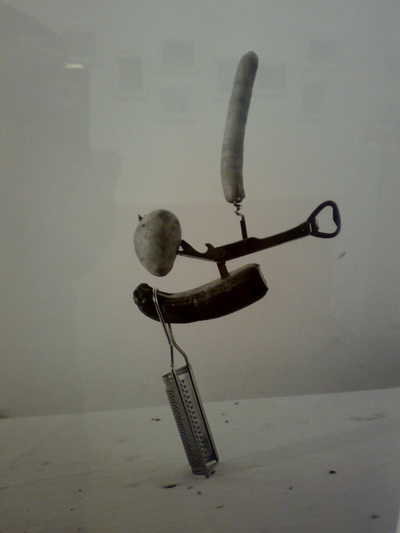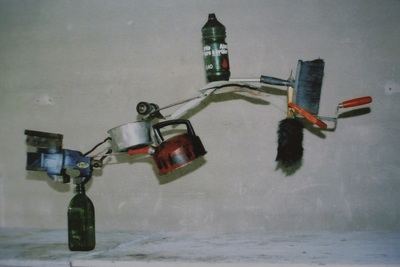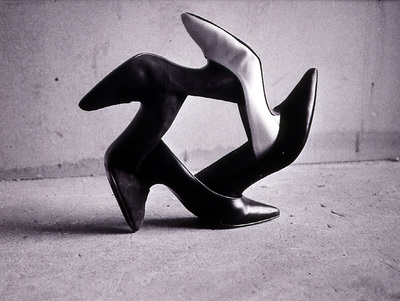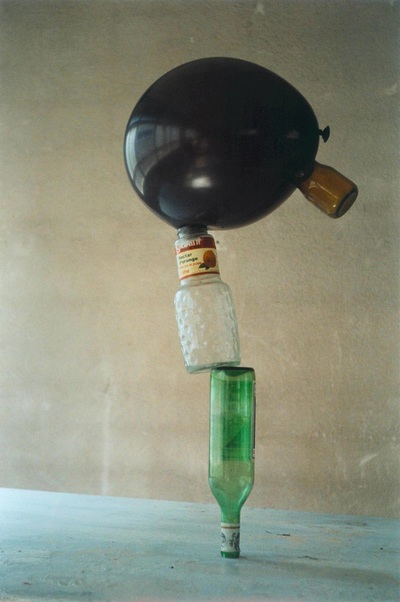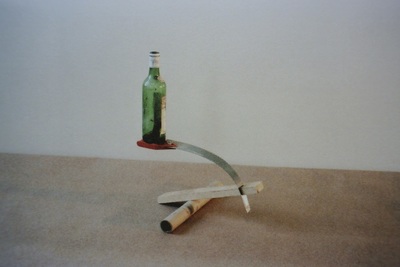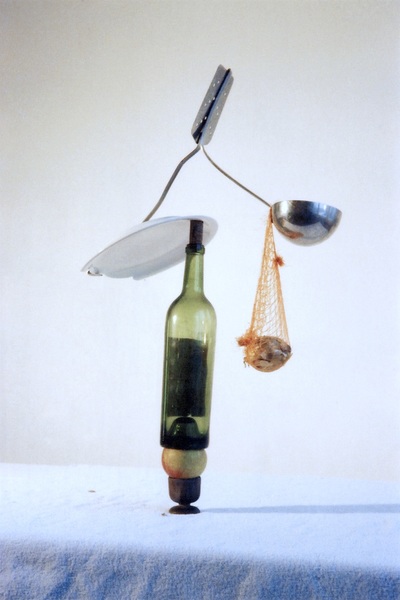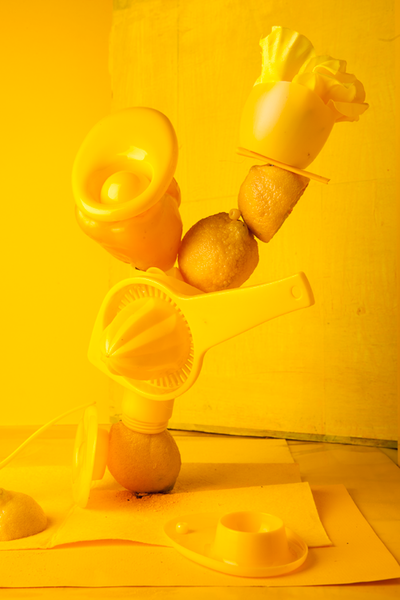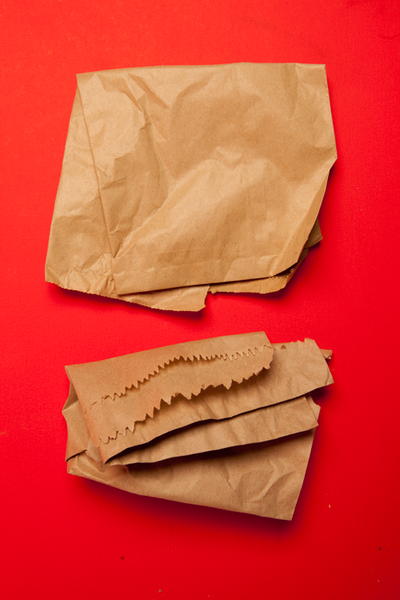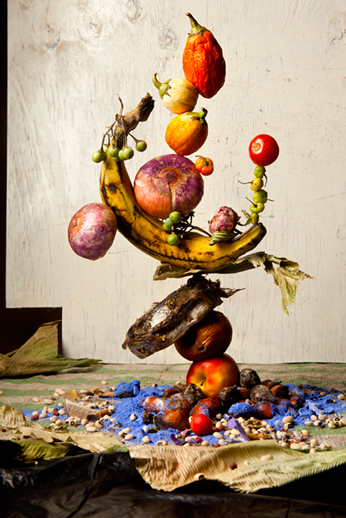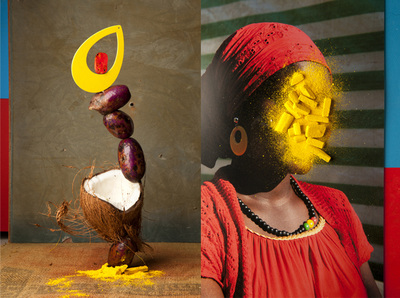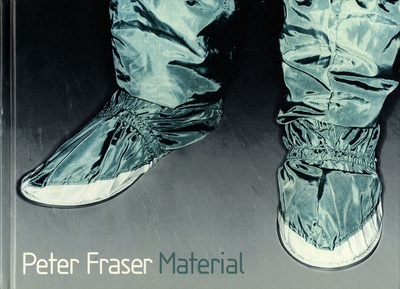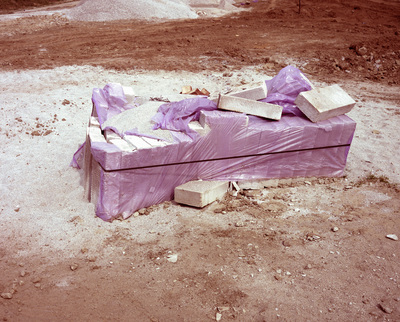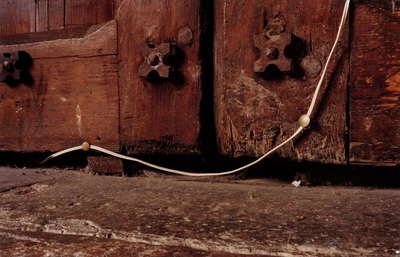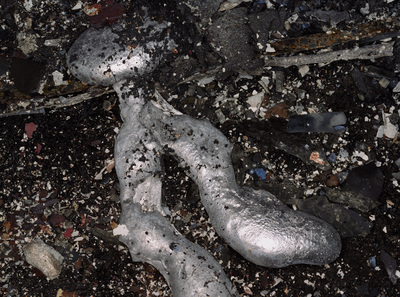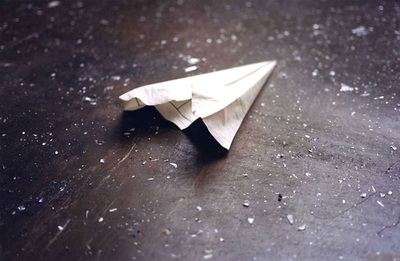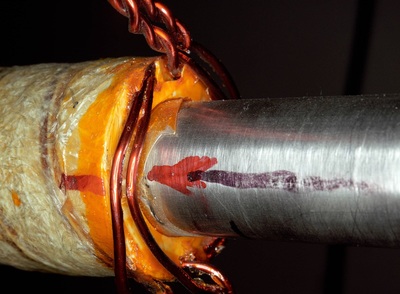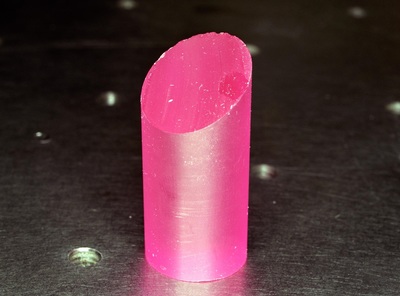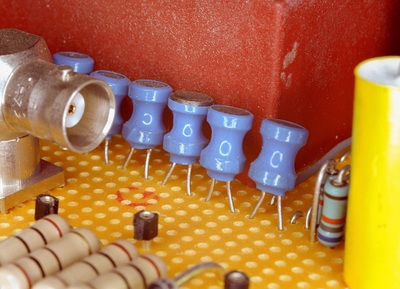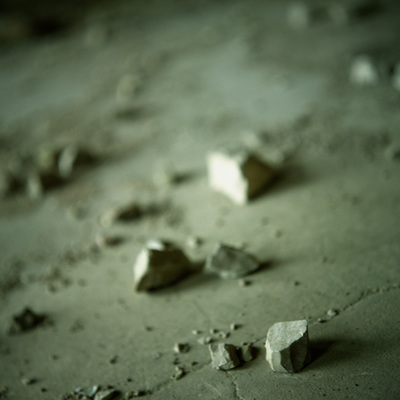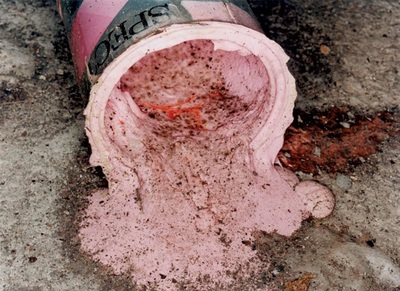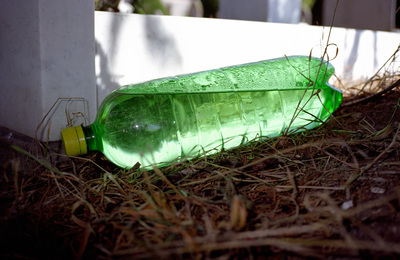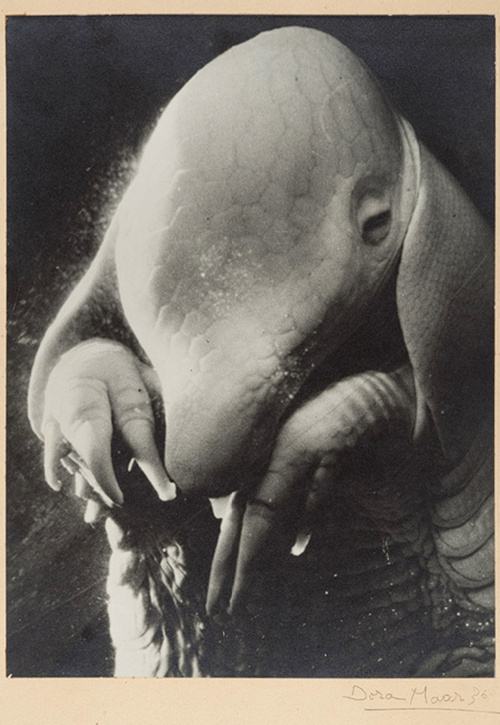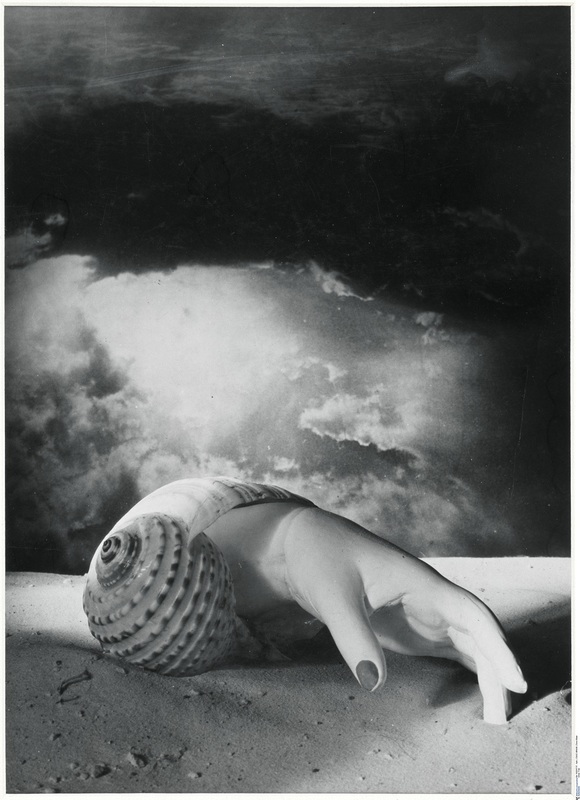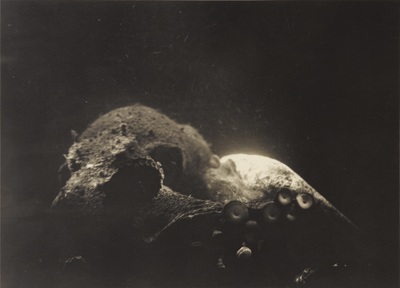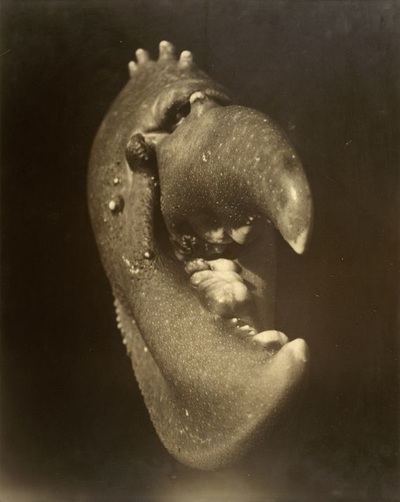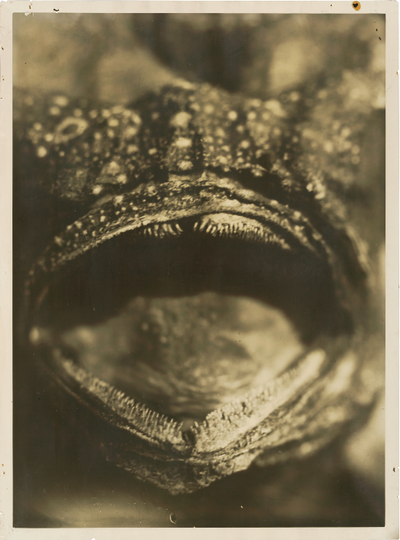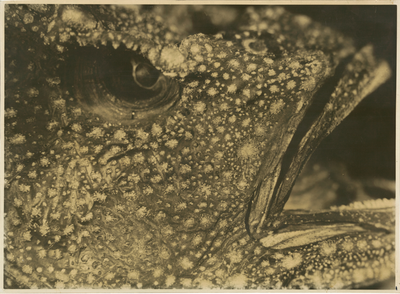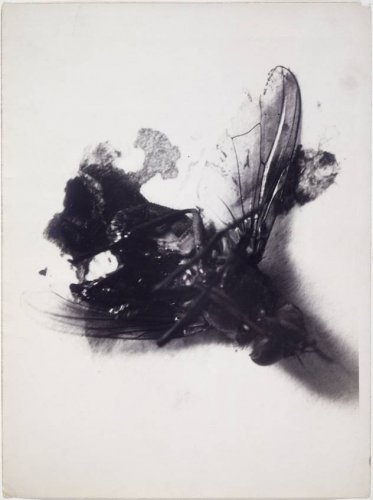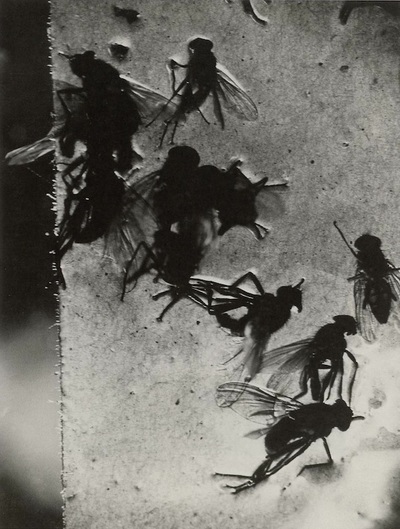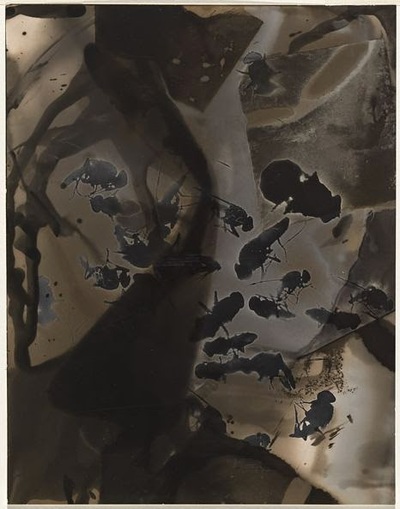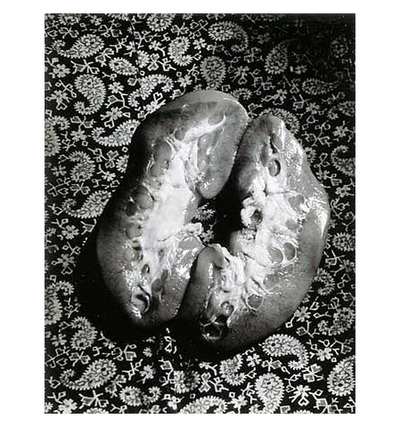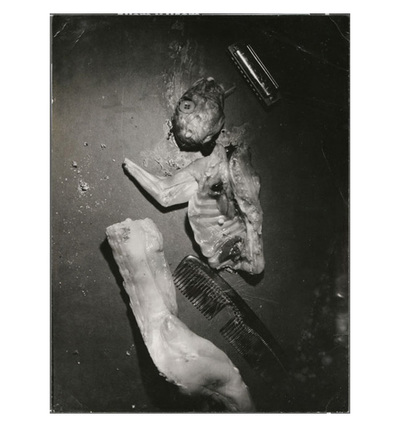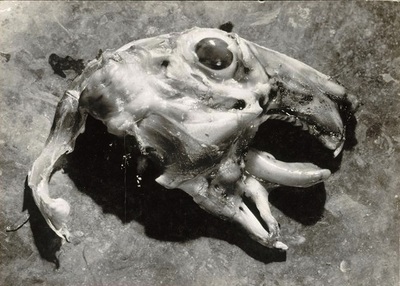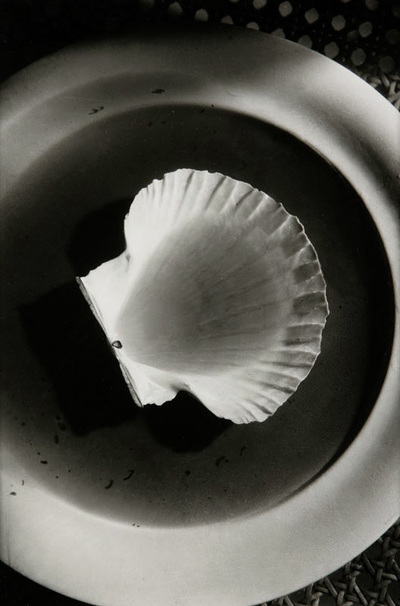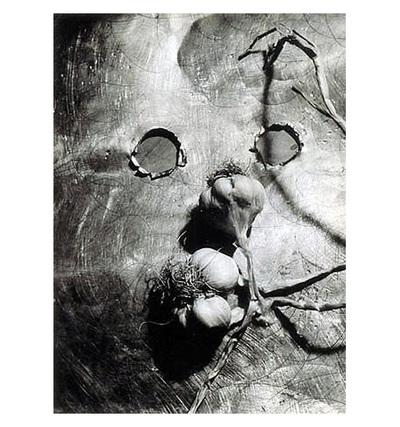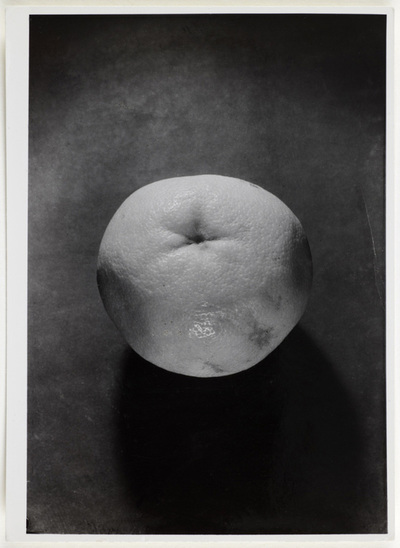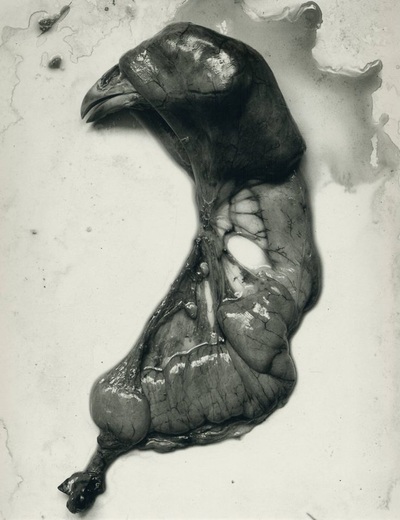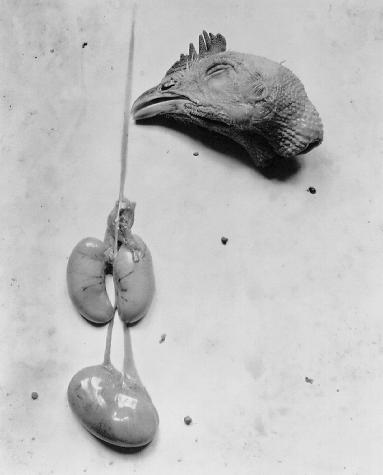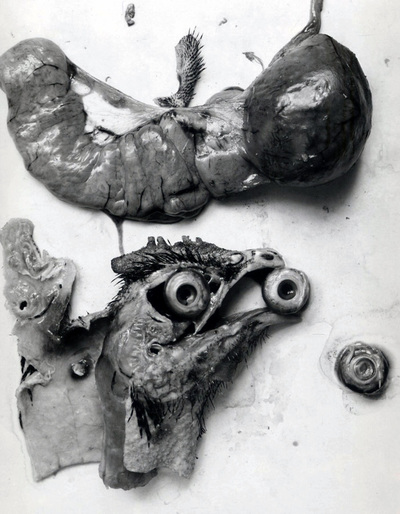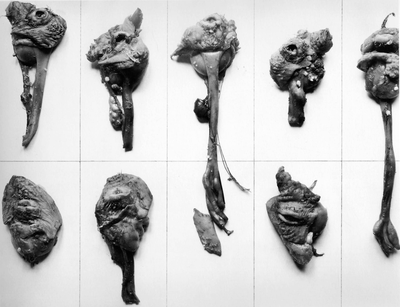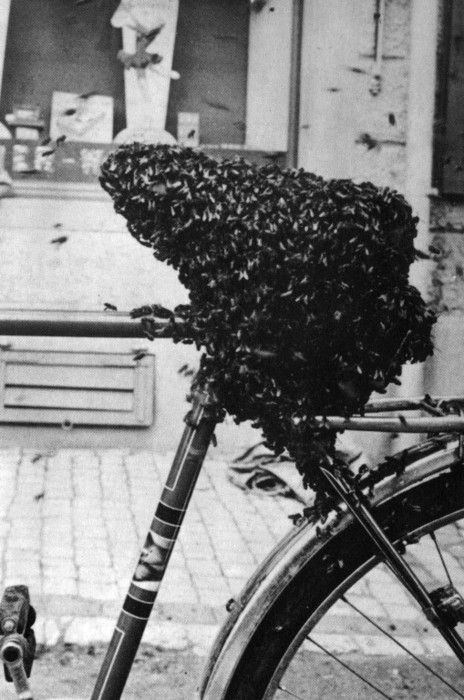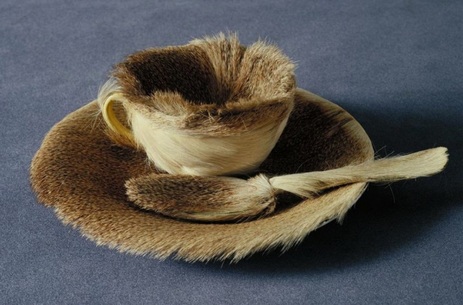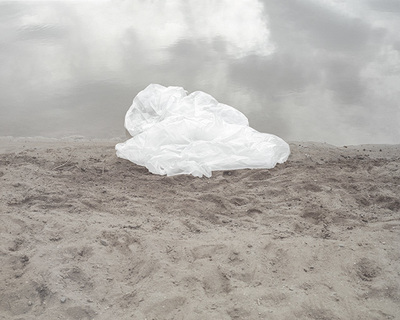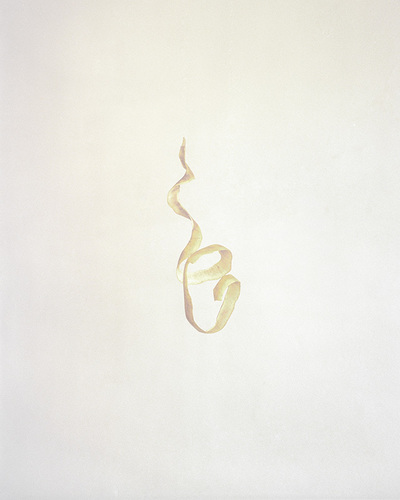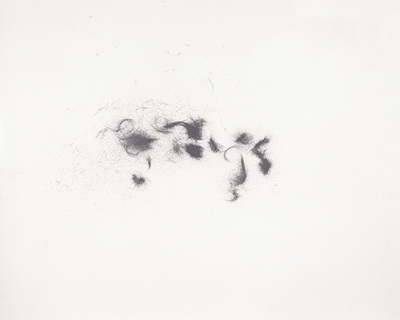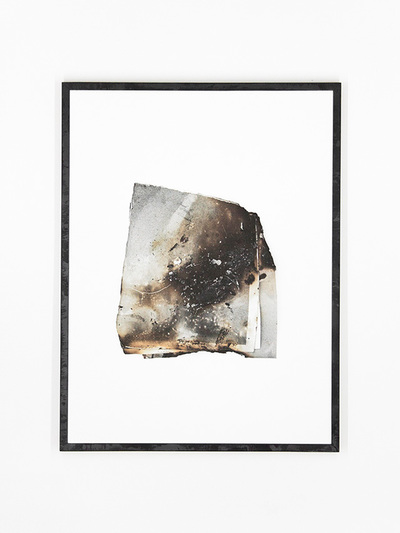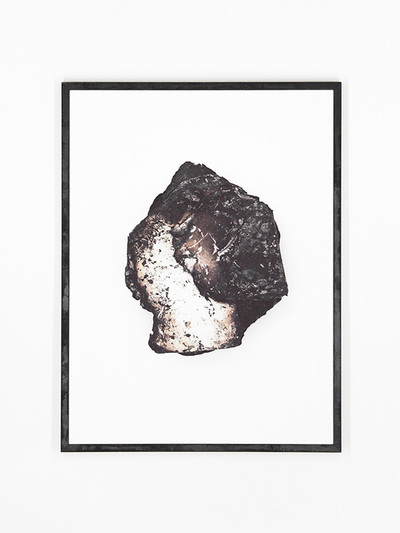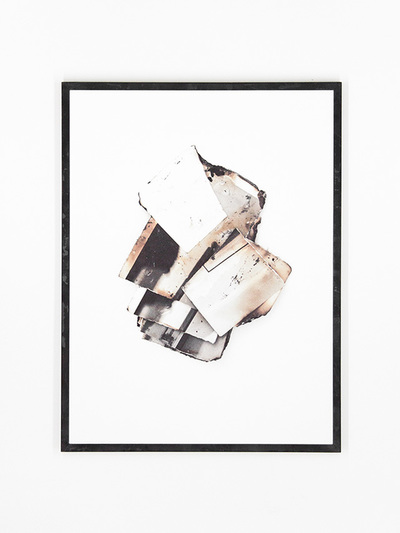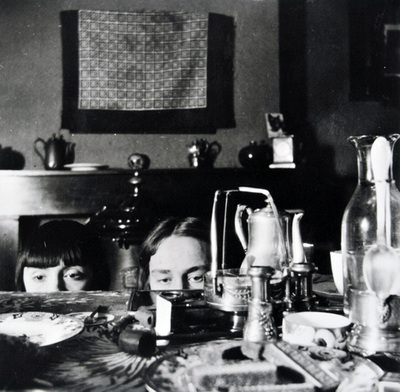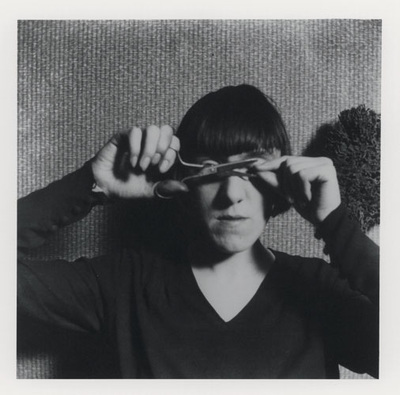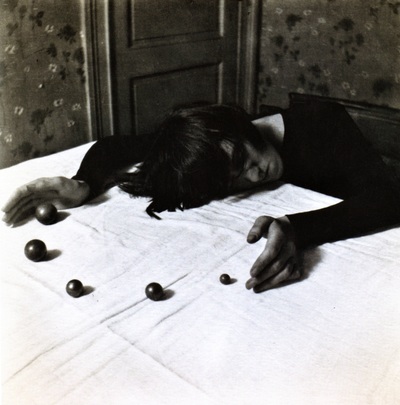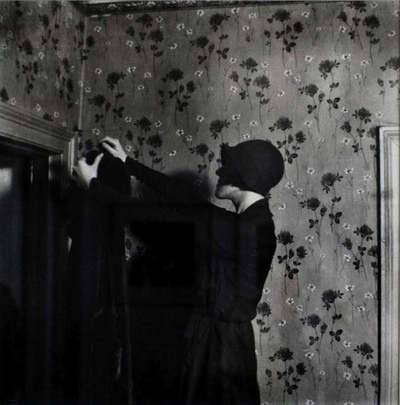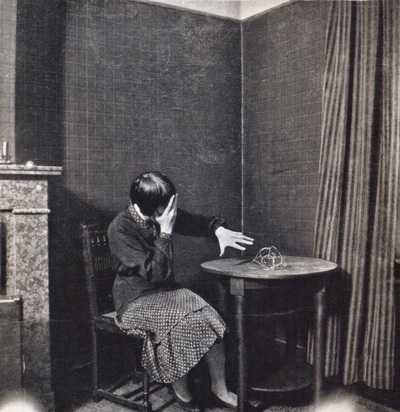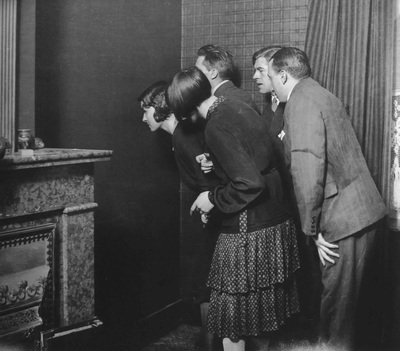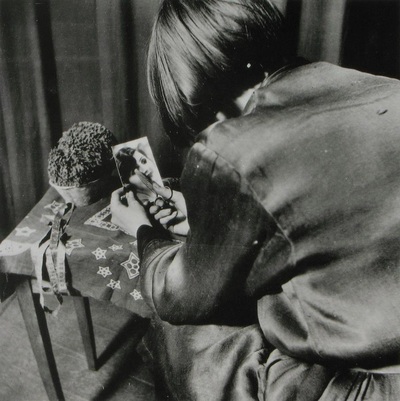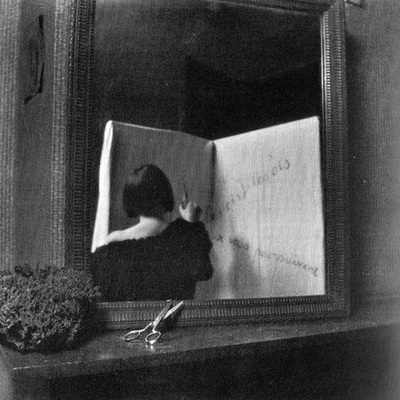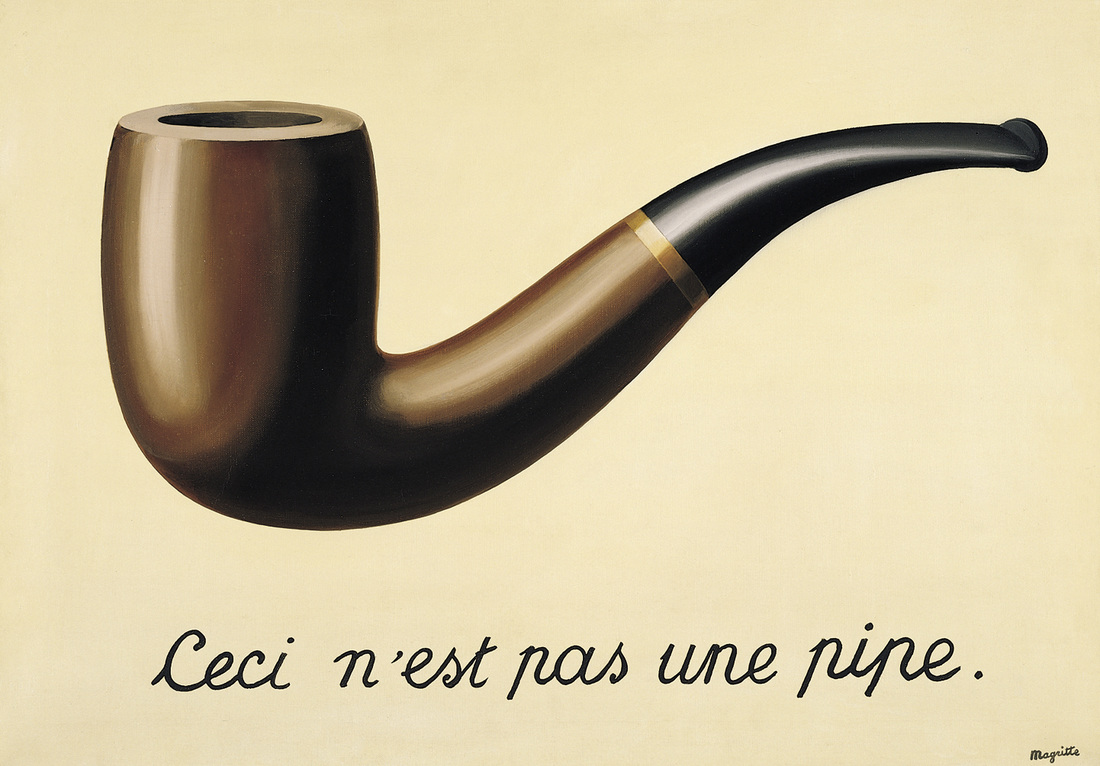Convulsive beautyBeauty will be convulsive or not at all ... Convulsive beauty will be veiled-erotic, fixed-explosive, magic-circumstantial or not at all. The Surrealists challenged traditional notions of beauty (in art and life) by celebrating the transgressive power of images. Breton's definition of beauty in the final sentence of his novel Nadja, that it will be "convulsive" (i.e. violent and uncontrollable like an involuntary spasm) "or not at all" summarises the combination of attraction and repulsion that can be found in many Surrealist photographs. They experimented with scale, composition and low angles, in order to generate a surprising view of the world that the eye might not otherwise see. They exploited close-up images of ordinary things, the human body especially, in order to provoke both desire and disgust. They discovered that photographs of things were new facts. The world was transformed simply by being photographed. This has proved to be a central concept in photography, influencing generations of photographers and artists.
|
"Every discovery that changes the nature, the destination of an object or of a phenomenon constitutes a surrealist fact.” So reads the preface to the first issue of La Révolution surréaliste, an avant-garde Parisian journal edited by the writer and sociologist Pierre Naville. The preface boasts three authors: Paul Eluard, Roger Vitrac, and Jacques-André Boiffard. The “surrealist fact” these authors describe calls for the transformation of something — an object, an idea, a phenomenon — that is understood to be true so that a new meaning results. In so doing, the very categories of fact, truth, and meaning are called into question.
-- Jodi Hauptman & Stephanie O’Rourke
THE UNFAMILIAR BODY
Freud's theory of the 'Uncanny'
The uncanny (Das Unheimliche, "the opposite of what is familiar") is a mixture of the familiar and unfamiliar that is experienced as being peculiar. Sigmund Freud, the psychoanalyst whose theories were most interesting to the Surrealists, published an essay about the uncanny, Das Unheimliche in 1919. The uncanny is a psychological concept describing something that is strangely familiar, rather than just mysterious. Because the uncanny is familiar, yet incongruous, it causes cognitive dissonance as the subject is simultaneously attracted to yet repulsed by an object. This cognitive dissonance often leads to an outright rejection of the object. Examples of photographs which might be better understood in terms of the 'uncanny' are numerous in Surrealist practice.
Jacques-André Boiffard
Most of the themes in this section can be seen in the diverse work of Surrealist photographer Jacques-André Boiffard.
|
The images above accompanied an article on the "Big Toe" by dissident Surrealist Georges Bataille in his magazine Documents (1929). The toes have been cropped so that they seem separate from the rest of the body. They are both fascinating and disgusting, literally the lowest part of the human body. The photograph of the mouth and hand intertwined with toes (left) are similarly disorientating so that we have to look twice in order to be sure what can see.
Aenne BiermannOther modern photographers, perhaps motivated by slightly different concerns, also explored close-up images of the human body. The two images below are by Aenne Biermann from a book of 60 Fotos edited by Franz Roh in 1930.
|
André Kertesz
|
André Kertész create a series of Distortions of the human body in response to a commission in 1933. In all he made 200 photographs of female nudes using a distorting mirror, experimenting with a variety of compositions. He had previously experimented with distortions caused by underwater swimmers and he used a fairground distorting mirror for a portraits of the editor of Vu magazine in 1920.
"Kertész’s use of mirrors contradicts the traditional understanding of mirrors as something that recreates a motif – reflects it. In Kertész’s mirrors, the motifs are rather partly unrecognisable ... Kertész plays with the idea that what we see in photographs is real. Rather than seeing the images as studies of the body, we may see them as studies of how the conditions in which we study an object affect our perception of it." -- Peder Lund |
|
Man Ray
Man Ray's experimental approach to photography reflected the Surrealists' interest in rule-breaking. He was also a great collaborator, working alongside his friends and fellow artists. His passionate relationships with women produced some of the most iconic portraits and nude studies in the history of photography. He was a painter, sculptor and creator of assemblages. There is a restless creativity about all of his work.
I would photograph an idea rather than an object, a dream rather than an idea.
-- Man Ray
Facile is the result of a collaboration between Man Ray and poet Paul Eluard. Eluard’s second wife Maria Benz, known as Nusch inspired the poems and posed for the images. It is compromised of unbound folded sheets held within a hard cover, resembling a small portfolio more than a photobook. Whatever the definition, Man Ray’s nudes of Nusch were shockingly new and ground-breaking. The volume contains eleven nudes (with one double-exposure) and one still life with gloves. There is an intimate relationship between the photographs and printed words.
Raoul Ubac
|
Ubac's photographs appeared frequently in the Surrealist publication "Minotaure," alongside images by Brassaï, Boiffard, and Atget.
"Photography, essentially a realist medium, yet one with a remarkable power to distort appearances, was appreciated for its unique ability to force a rupture in the surface of perceived reality. "Convulsive beauty," Breton's term for this abrupt encounter with the subconscious, became the group's elusive, aesthetic ideal." Metropolitan Museum of Art The Penthesilea in the title of this work by Ubac is a reference to the Amazons, a race of female warriors. The print is a photograph of a collage of cut-up photographs set on a black background and re-photographed using darkroom manipulations, including solarization. The chaotic composition and fragmented, disfigured bodies convey the frenzy and horrors of battle, a subject that would soon become all too real in Europe. |
Bill Brandt
Bill Brandt's nudes made on an East Sussex beach explore the relationship between the female human body and surrounding landscape. Brandt began his career as Man Ray's studio assistant. In Paris he also met Brassai. Influenced by the Surrealists he spent much of his life documenting British society and the class system. Unlike Henri Cartier-Bresson, who believed that the whole image must be captured in the camera, Brandt experimented with a range of artificial lighting effects and cropping in the darkroom.
Photography is not a sport. It has no rules. Everything must be dared and tried.
-- Bill Brandt
John Coplans
Now, consider these images by John Coplans. How has he chosen to present his own body?
Giuseppe Penone 'To Unroll One's Skin', 1970–71
Penone was a member of the Italian group Arte Povera. These artists attempted to reclaim the individual and celebrate "the free self-projection of human activity." In this piece, the artist photographed a glass slide pressed against parts of his body creating over 100 fragments which were then reassembled into a grid mapping his personal landscape. The artist also created versions of this piece as a book and as printed images on photosensitised windows in an exhibition hall.
|
|
Kate Craig 'Delicate Issue' 1979'Delicate Issue' was shot with an extreme close-up lens, the camera passing over a naked body. The sound is a mix of a spoken text and the sound of breathing and a heart beat. It opens with the question about the line between the public and the private. The camera, held by her husband, Hank Bull, zooms in on the artist's body, magnifying, for example, hairs and skin pores, which become abstract and nameless. At what point do you feel too close to the presence of her body?
|
Suggested activities:
- Take a series of photographs of body parts - hands, feet, knees, elbows etc. - attempting to make them appear strange. Think about camera angles, lighting, viewpoint, close-ups, framing etc. Experiment with cutting up and collaging the various body parts, perhaps taking them into the darkroom for further manipulation. What does it mean to select parts of the body for photographs? What is it like to view only parts of a body? What happens to the meaning of your images when you cut them up and collage them?
- Explore the relationship between the body and the landscape. For example, you could photograph the body as if it were a landscape and/or juxtapose images of the body against a landscape setting. How else might you do this?
- Experiment with a sequence of photographs of the same body part - hands and feet, for example. You might want to attempt different viewpoints or several related images from the same angle (as in the John Coplans images of feet and hands above). Explore various ways to display your images.
- Consider collaborating with a friend or classmate (perhaps someone who enjoys writing) on a book featuring a combination of text and image. Alternatively, search out some poems that you enjoy - there are lots of great Surrealist poems - and use these as a basis for some body-related photographs inspired by Man Ray's work with Paul Eluard.
- Attempt to create a video in which the camera moves over parts of a body as if it was a landscape. Try to ensure that the body is never identifiable but also that it appears strange and disorientating.
DUST TO DUST
Art exists (so) that one may recover the sensation of life; it exists to make one feel things, to make the stone stony [...] the technique of art is to make objects 'unfamiliar', to make forms difficult.
-- Victor Shklovsky 'Art as Technique' 1917
|
What do you see when you first look at the image on the right?
Listen to contemporary artist Cornelia Parker describe why she loves Man Ray's image Dust Breeding. This radio show was originally broadcast by BBC Radio 4 on Front Row's Cultural Exchange.
Man Ray was a friend of the artist Marcel Duchamp. The photograph Dust Breeding (Duchamp's Large Glass with Dust Notes) from 1920 is a document of The Large Glass after it had collected a year's worth of dust while Duchamp was in New York. The photograph was taken with a two-hour-long exposure that documents layers of dust on the glass surface. After the photograph was taken, Duchamp wiped The Large Glass almost entirely clean, leaving sections covered with dust, which he permanently fixed to the glass plate.
|
Mike Kelley - Untitled (Dust)
"It is perhaps Mike Kelley’s series of
photographs of dustballs, Untitled (Dust)
(1994), that most dramatically bring little
things up close and make them strange.
Dust is human matter, the form to which
we all return, but more importantly it is
ubiquitous and unappreciated. Through
his use of the close-up, Kelley has
produced the progeny of Dust Breeding,
a family of ‘involuntary sculptures’.
The close-up challenges the primacy
of the human eye as interpreter,
transforming the world through the lens,
and making us look again and look
for longer."
-- Close-Up, Fruitmarket Gallery exhibition catalogue
-- Close-Up, Fruitmarket Gallery exhibition catalogue
Klaus Pichler - Dust
The thing is, we are controlled by a compulsion to get rid of dust. Dust, we believe, does not agree with us, because it conceals everything we create. Dust is the devil’s trap, revealed only once it has caught its prey. Haven’t we been forever treading all evil into the dust? Was the snake not cursed to grovel in the dust? Klaus Pichler’s photographs have shaken off the demons. They urge us to look more closely next time we sweep dust and grime onto a pan. We always used to call it dirt, blind to this whole universe. Only now do we realise how privileged dust mites actually are. They live in palaces of amazing beauty and it has never once crossed their minds to vanish into a cloud of dust.
-- Josef Haslinger, 2014
Although not a photographic work of art, Gabriel Orozco has also responded to the notion of dust in his work Lintels which consists of the contents of sheets of matted dust extracted from tumble drier filters draped over wires. Redolent of skin and or fabric, some of the dust contained in these relics is from the destroyed Twin Towers in the 9/11 terrorist disaster. This article discusses Lintels and several other works by Orozco, arguing that they are responses to traces of human activity:
... people do leave traces in their wake: the refuse and detritus of history; the variegated remnants of daily life; or dust. A trace is ephemeral, a locus of ambivalence suspended in the unstable space between construction and dispersal, presence and absence. A trace is very little, almost nothing. But it is also an index of life.
-- Rye Dag Holmboe
DISGUISE
The Surrealists were interested in the relationship between the body, the mind and personal identity. Breton's medical experiences of psychological trauma in the First World War left him with a profound awareness of human frailty and the precariousness of identity. A theme running through Surrealist practices is the idea of disguise, a deliberate blurring of the idea of the self, an exploration of multiple identities, hidden identities, obscured features, masks, and the alter ego. Artists like Marcel Duchamp (as Rrose Sélavy) and Claude Cahun (real name, Lucy Scwob) developed alternative identities as a way of questioning perceived gender roles, probing at the source of their creativity. The notion of disguise and deliberate obfuscation has proved to be important for many later artists.
Claude Cahun
I think my idols tell the audience more about me than my family could as I have chosen them and, of course, you don’t choose your family.
-- Gillian Wearing
|
Gillian Wearing's homage to Claude Cahun (left) is part of a project entitled Idols in which she disguises herself as various artists who have had an influence on her and form part of her extended family. She is interested in the discrepancy between the mask we choose to show the world (the expressions we wear on our faces) and the internal feelings we may have. This is a central theme in her work. In this image, Wearing, disguised as Cahun, holds a mask which is the face of Gillian Wearing.
|
Jacques André Boiffard
Saul Steinberg & Inge Morath
Ralph Eugene Meatyard
Francesca Woodman
|
"Francesca Woodman’s photographs explore issues of gender and self, looking at the representation of the body in relation to its surroundings. She puts herself in the frame most often, although these are not conventional self-portraits as she is either partially hidden, or concealed by slow exposures that blur her moving figure into a ghostly presence. "
Tate Gallery website |
|
John Stezaker |
Cindy Sherman's Untitled Film Stills
Masks by Yoshikazu Yamagata photographed by Hedi Slimane for Dazed & Confused Japan.
Suggested activities:
- Create a series of self-portraits in which you disguise your appearance in various ways
- Exchange identities with a close friend for the day - wear each other's clothes, speak the way they do, listen to their music etc. Keep a photographic diary of what it's like to live as another person for a while.
- Design a surreal mask using recycled materials. Photograph yourself and others wearing this disguise in a variety of situations - waiting at the bus stop, washing up, having breakfast, shopping.
- Disguise the members of your family in some way - masks, costumes etc. Take a series of family portraits using the conventions of family snaps, as if they were intended for the family album.
- Buy several plain brown paper bags. Give one to each of your friends and ask them to design a face on each bag. Photograph each person wearing their paper bag masks.
THE POETIC OBJECT
Brassai's Involuntary Sculptures and Large Scale Objects.
Iain McLauchlan's Involuntary Sculptures Flickr Set
Fischli & Weiss 'Equilibres: Quiet Afternoon' 1984
Lorenzo Vitturi
Peter Fraser's 'Material'
British colour photographer Peter Fraser has long been fascinated by the material, the small things, that make up the visible world around us. He has described the pleasure he gets from lying on floor whilst photographing at close quarters tiny details of mundane objects. The images he makes derive from an intense concentration of looking. He is a noticer, a recorder of visual delights found in the most unlikely places.
|
|
Gabriel Orozco 'Astroturf Constellation'Here the contemporary Mexican artist Gabriel Orozco discusses the making of his piece 'Astroturf Constellations' which was the result of throwing boomerangs on a sports pitch and noticing the hundreds of tiny objects embedded in the pitch. Orozco picked them up, arranged them individually and photographed them, creating a giant grid of over 1200 images.
|
Suggested activities:
- Make a series of photographs of small objects you encounter in your daily life. You could photograph them where you find them or arrange them purposefully in a studio-like environment.
- Choose a colour at random. Spend a week photographing objects of only this colour. Select a different colour and repeat the experiment.
- Experiment with photographing the world from a new perspective - a fly or an ant's eye view, for example. Think about the relationship between your camera and body. Change your physical position when you make photographs.
- Collect a series of objects from a street market - think about textures, colours, patterns, shapes. Arrange these objects in unusual ways and photograph the resulting assemblages. Consider lighting and background.
NATURE UP CLOSE
Dora Maar is better known for being Picasso's companion of the 1930s but she was a remarkable photographer. One of her most famous images is entitled 'Portrait of Pere Ubu' after the dictatorial antihero of Alfred Jarry's play Ubu Roi (1896). "Maar's imaginative evocation of the pear-shaped, breast-plated Ubu in the monstrous reality of a baby armadillo is one of the most compelling and repellent of Surrealist photographs". Metropolitan Museum of Art
Jean Painlevé was one of the pioneers of the development of scientific cinema. Many of his films are about the strange lives of sea creatures, particularly the seahorse. "For him the undersea world functioned as an alternate universe whose denizens resembled humans in some respects and diverged radically in others. Painlevé’s regard for his underwater subjects does not result in a collection of cute critters in the Disney mode of anthropomorphism; instead, the creatures he lovingly documents can fill us with equal parts of wonder and admiration as well as terror and disgust." Oliver Gaycken He worked with Eli Lotar (famous for his photographs of Parisian slaughterhouses) on some of his films, hence the dual attribution for two of the photographs below.
Jacques-André Boifrard's image of flies stuck to flypaper appeared in the magazine Documents in 1930. As Rick Pynor has written, "The picture is repellent; it violates decorum. This is not the kind of subject that photographers in the 1930s, even avant-garde modernist photographers, would usually think or wish to show. As depositors of dirt and potential spreaders of sickness, flies are universally unwanted creatures. A buzzing fly inside is an intruder to be eliminated, swatted and smashed, or gassed with a poisonous spray. Its demise is not something to think about, still less to mourn. Boiffard confronts us with the hellish micro-world of the fly’s final moments as it falls victim to the deadly, inescapable adhesive in a scene of insect carnage and horror. Yet even this revelation is not sufficient, perhaps, to make us empathise with the flies."
These photographs by the German artist Wols (Alfred Otto Wolfgang Schulze) show an interest in the close observation of natural forms, revealing both their beauty and their ability to disturb. Wols worked alongside the Surrealists in Paris in the 1930s after a brief period at the Bauhaus. He is perhaps better known for his drawings and paintings.
Compare with Frederick Sommer's photographs of chicken heads. Reflect on the notion of the 'uncanny' at the top of this page:
Chicken fragments are unquestionably uncanny material. Freud remarked that "dismembered limbs, a severed head, a hand cut off at the wrist...feet which dance by themselves...all these have something peculiarly uncanny about them, especially when...they prove capable of independent activity." The headless chicken that continues to run and flap its wings is a staple of rural lore. By offering us dismembered chicken parts, including many heads, Sommer's photographs invoke the possibility of incomplete birds having independent life both inside and outside the frame.
-- Robin Kelsey, Photography and the Art of Chance
|
Meret Oppenheim, Bicycle seat covered with bees (Found Object), 1952
The Surrealists were fascinated by found objects (objet trouvé). Earlier the Dadaists, particularly Marcel Duchamp, had explored the naming of everyday objects as art works (Readymades) and created art works from discarded ephemera. Their intention was to undermine the idea of fine art, partly as a revolutionary response to their disgust at the culture that brought about the First World War. The Surrealists enjoyed browsing through flea markets looking for the marvellous in the everyday, strange juxtapositions of objects that brought to mind the imagery of dreams and the unconscious mind. Meret Oppenheim was a Surrealist artist. Her interest in re-purposing objects can be seen in some of her assemblages, particularly the famous 'Breakfast in Fur' of 1936 (below). |
Agnieszka Gotowała
Suggested activities:
- Imagine one of your friends or relatives (or a character from fiction) was an animal or bird. Photograph and/or collage their portrait as this alter ego.
- Photograph the contents of your food waste bin. You could photograph the combination of discarded food items in situ or remove some for closer inspection, re-arranging them artistically. Take a look at the 'Pictures from a rubbish tip' by Keith Arnatt for further inspiration.
- Experiment with a macro lens (or an attachment for your camera phone) attempting to get unusually close-up views of natural objects. Consider the way you crop and frame the images.
- Visit an aquarium and photograph the wildlife you can observe. Don't worry too much about low light and the need for long exposures. Try to capture the dream-like atmosphere of the place using a variety of different approaches.
- Keep on the look-out for natural objet trouvé (found objects). Either photograph where you find them (especially if they look strange in any way or are in an unusual location) and/or create new combinations of objects to photograph.
- Consider cropping existing images of natural forms to give the illusion of a close-up. Try to make the original object/scene as strange and mysterious as possible.
THE SUBVERSION OF IMAGES
Paul Nougé's Subversion des Images
In these photographs, we have a condensed version of Nougé’s conception of the object: it must be separated from the thick universe of things. When objects are isolated and lose their functions they become signs, images; even something as banal as a piece of string can be turned into an incomprehensible thing. The same could go for words, which can be equally isolated from the mass of language that obscures their objectness. Alternatively, as with ellipses in a sentence, the object can be removed entirely, like the “glasses” in the photograph of two drinkers at a table: holding the air in the shape of two missing vessels, their hands appear to be living things, attempting to touch each other.
-- Olivier Richon
Suggested activities:
- Create your own series of images entitled Subversion of Images inspired by Paul Nougé.
- Experiment with a variety of absurd scenarios. Consider the sequencing of the images.
- Think about what you can "subvert" in your photographs - the conventions of good photography, the logic of a narrative sequence, the relationship between text and image...?
- Paul Nougé collaborated closely with the Surrealist painter René Magritte. Take a look at Magritte's famous painting of a pipe entitled 'The Treason of Images'. Listen to the accompanying discussion about the painting by two art historians. Think about the relationship between the image of the pipe (in paint), an actual pipe and the words "This is not a pipe". What is Magritte exploring here? How might this influence your attitude to the relationship between the subject, a photograph of the subject and the title of the photograph? Why might it be even more difficult to separate the signified (the subject) from the signifier (the representation of the subject) in photographs? If you're interested in exploring this idea in greater depth, check out these extracts from Roland Barthes' Camera Lucida and Semiotics for Beginners. How might you call into question some of these issues and relationships in your photography?
- Walker Evans, the American photographer, once said that photography was about structure and coherence, but also about symbol and metaphor, and "paradox and play and oxymoron." Gerry Badger has written:
Of course, it's not easy to photograph the invisible and make a coherent piece of work with it. But that is no reason to try. Quite the opposite. If you attempt something difficult, you may fail to some degree, but if you succeed, then you have really done something.
DREAMS THAT MONEY CAN BUY
Many Surrealist films tease us to find a narrative logic that is simply absent. Causality is as evasive as in a dream. Instead, we find events juxtaposed for their disturbing effect. The hero gratuitously shoots a child (L’Âge d’or), a woman closes her eyes only to reveal eyes painted on her eyelids (Ray's Emak Bakia, 1927), and - most famous of all - a man strops a razor and deliberately slits the eyeball of an unprotesting woman (Un chien andalou). An Impressionist film would motivate such events as a character's dreams or hallucinations, but in these films, character psychology is all but nonexistent. Sexual desire and ecstasy, violence, blasphemy, and bizarre humor furnish events that Surrealist film form employs with a disregard for conventional narrative principles. The hope was that the free form of the film would arouse the deepest impulses of the viewer.
-- Surrealist Cinema? article from cineCollage
|
|
|
|
Emak-Bakia (Basque for Leave me alone) is a 1926 film directed by Man Ray. Subtitled as a cinépoéme, it features many filming techniques used by Man Ray, including Rayographs, Double exposure and soft focus.
|
'Entr’acte' (1924) is René Clair’s Dada-influenced 20-minute short, commissioned for the interval of Francis Picabia’s new ballet, Relâche, in Paris in 1924. The original music for the film was composed by the famous composer Erik Satie, who makes a cameo appearance along side surrealist photographer Man Ray. The soundtrack in this version is by the contemporary Cinematic Orchestra.
|
|
|
|
|
'L'Étoile de mer' (English: The Sea Star) is a 1928 film directed by Man Ray. The film is based on a script by Robert Desnos and depicts a couple (Alice Prin and André de la Rivière) acting through scenes that are shot out of focus.
|
'Ballet Mécanique' (1923-4) is a Dadaist post-Cubist art film conceived, written, and co-directed by the artist Fernand Léger in collaboration with the filmmaker Dudley Murphy (with cinematographic input from Man Ray). It has a musical score by the American composer George Antheil. However, the film premiered in silent version on 24 September 1924 at the Internationale Ausstellung neuer Theatertechnik (International Exposition for New Theater Technique) in Vienna. It is considered one of the masterpieces of early experimental filmmaking.
|
|
|
|
|
The mesmerising, utterly unclassifiable science films of Jean Painlevé (1902-89) have to be seen to be believed: delightful, surrealist-influenced dream works that are also serious science. The French filmmaker-scientist-inventor had a decades-spanning career in which he created hundreds of short films on subjects ranging from astronomy to pigeons to, most famously, such marine-life marvels as the sea horse and the sea urchin. Painlevé, like Guillaume Apollinaire in 1909, claimed that "the cinema is a creator of a surreal life".
|
'Un Chien Andalou' (An Andalusian Dog) is a 1929 silent surrealist short film by the Spanish director Luis Buñuel and artist Salvador Dalí. It was Buñuel's first film and was initially released in 1929 with a limited showing at Studio des Ursulines in Paris, but became popular and ran for eight months. The film has no plot in the conventional sense of the word. The chronology of the film is disjointed, jumping from the initial "once upon a time" to "eight years later" without the events or characters changing very much. It uses dream logic in narrative flow that can be described in terms of then-popular Freudian free association, presenting a series of tenuously related scenes.
|
|
|
|
|
Hans Richter's Dada inspired film utilizes stop motion for some of its effect and live action for others. The film does not present a coherent narrative, and includes a number of seemingly arbitrary images. Richter later worked in America and created 'Dreams That Money Can Buy' (see right).
|
'Dreams That Money Can Buy' is a 1947 experimental feature color film written, produced, and directed by surrealist artist and dada film-theorist Hans Richter. Collaborators included Max Ernst, Marcel Duchamp, Man Ray, Alexander Calder, Darius Milhaud and Fernand Léger.
|
Suggested activities:
- Explore one or more of the strategies used by film makers inspired by Surrealism.
- Make a video that uses dream logic rather than conventional narrative editing to tell a surreal story.
- Experiment with stop motion animation to create the illusion that objects have a life of their own.
- Challenge your friends/classmates to create 60 second surreal videos on their mobile phones.
- Mix video footage and still images to create a video collage.
- Explore more recent film and video art inspired by the radical approach of the Dadaists and Surrealitss. For example, check out the work of Jan Svenkmajer, the Quay Brothers, Stan Brackhage, Peter Kubelka, Michael Snow and Jonas Mekas etc.

